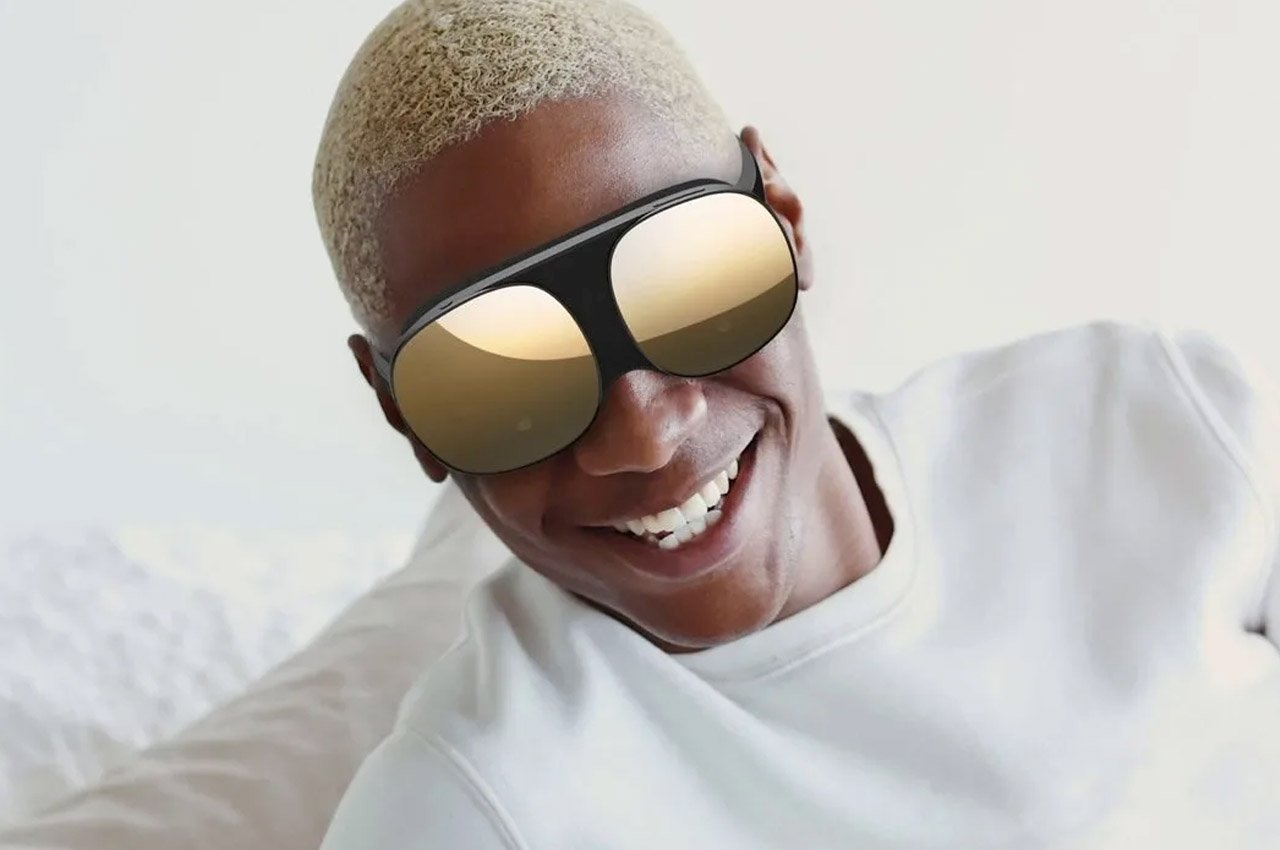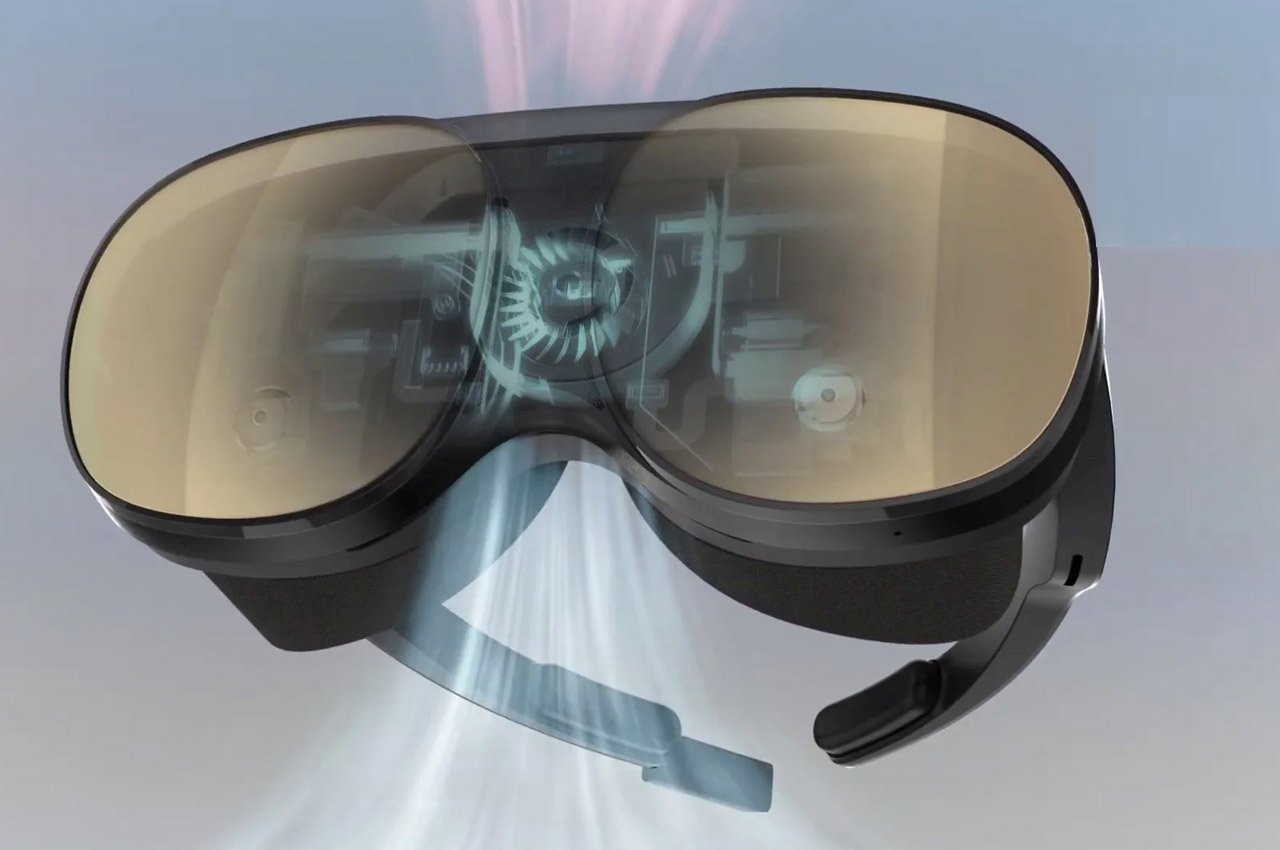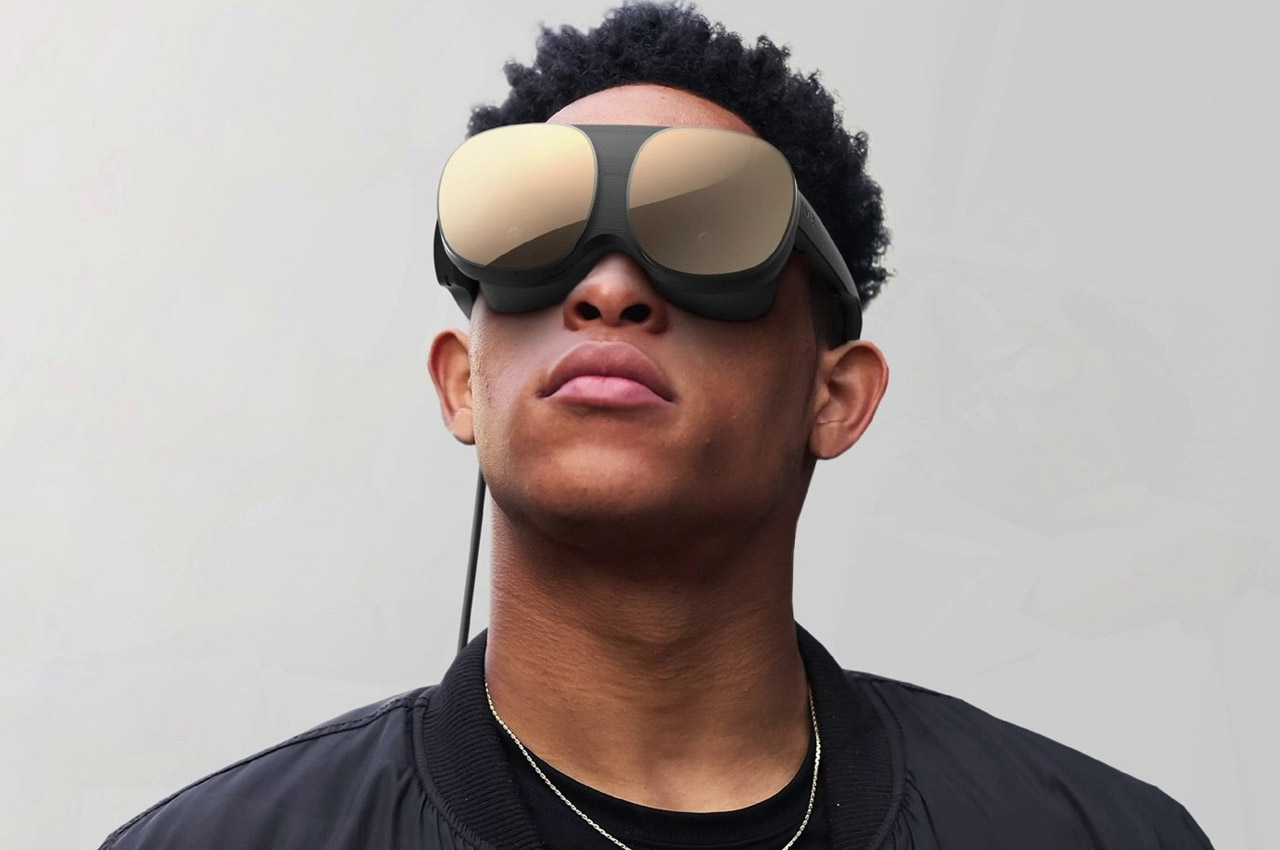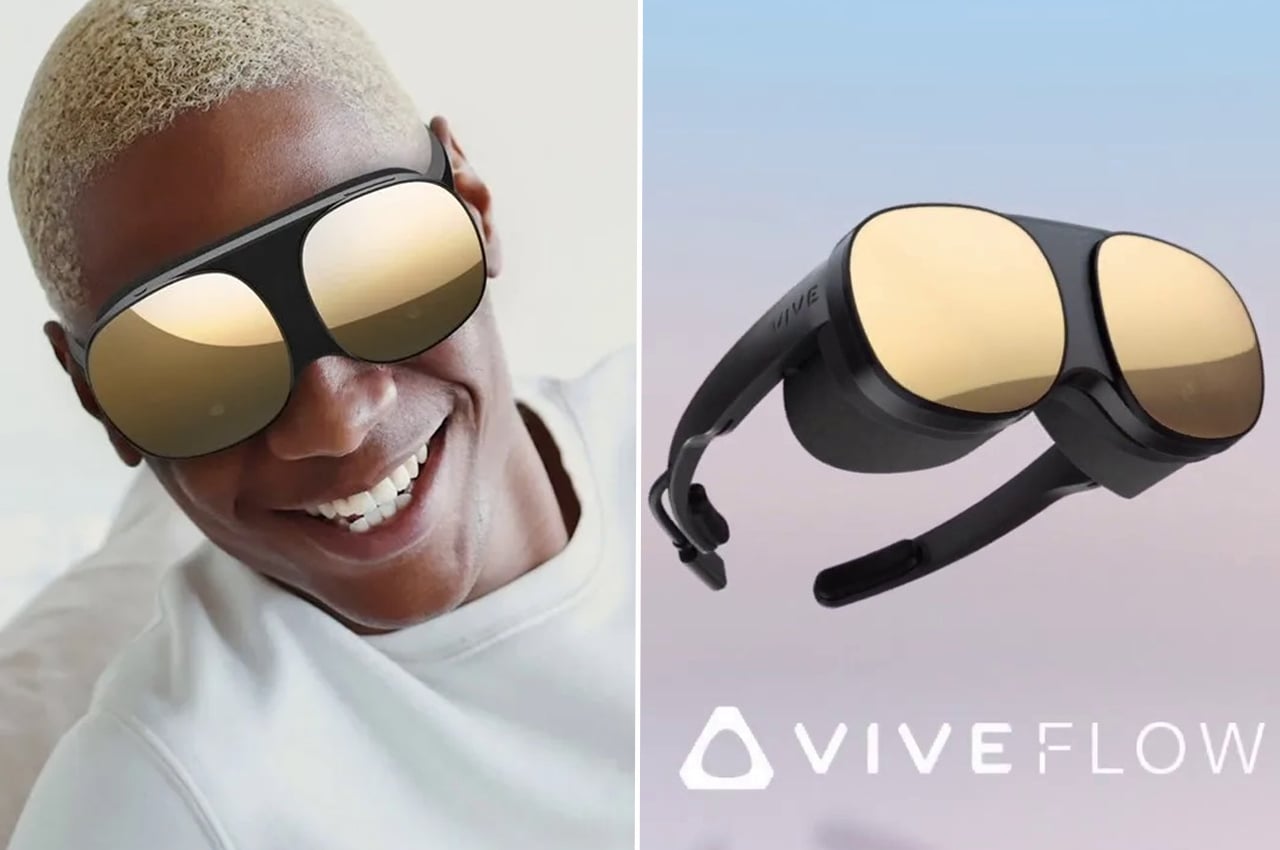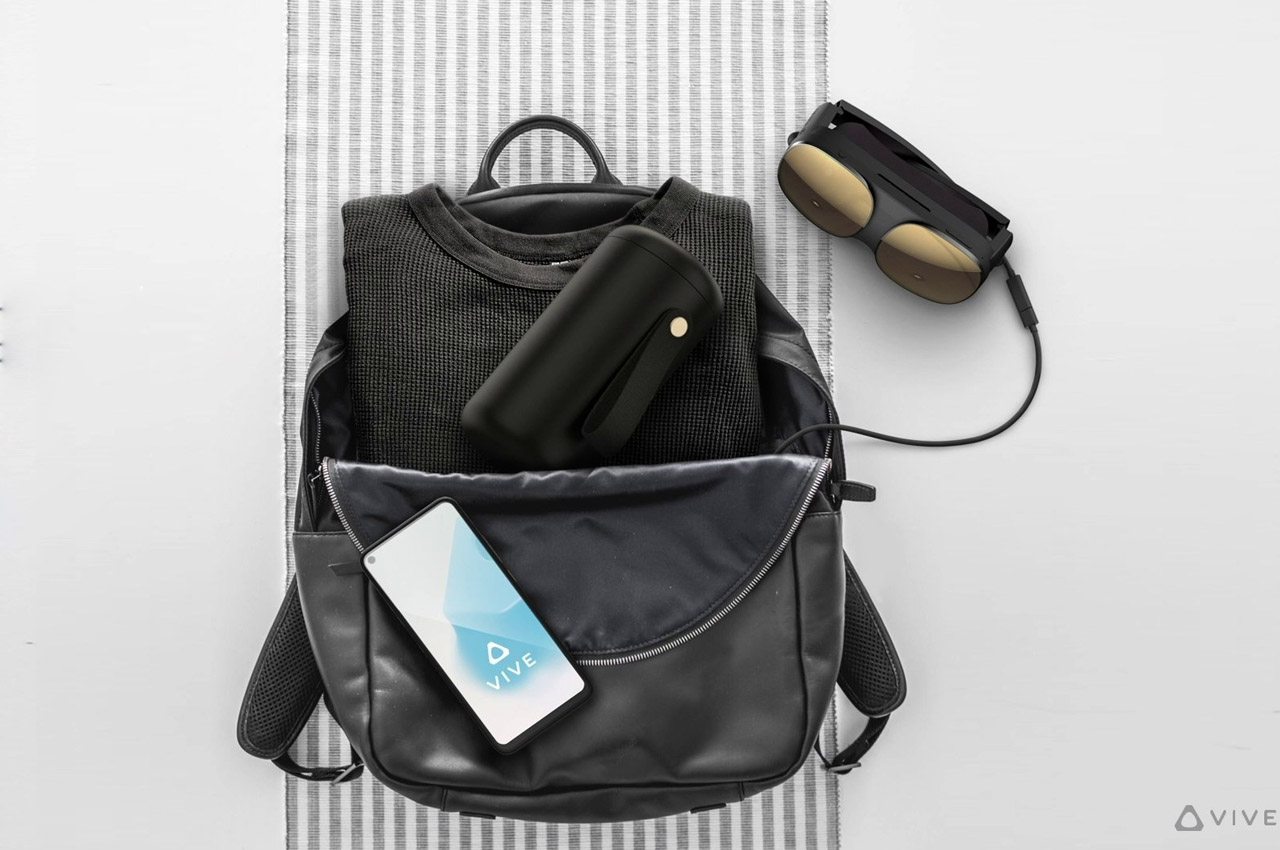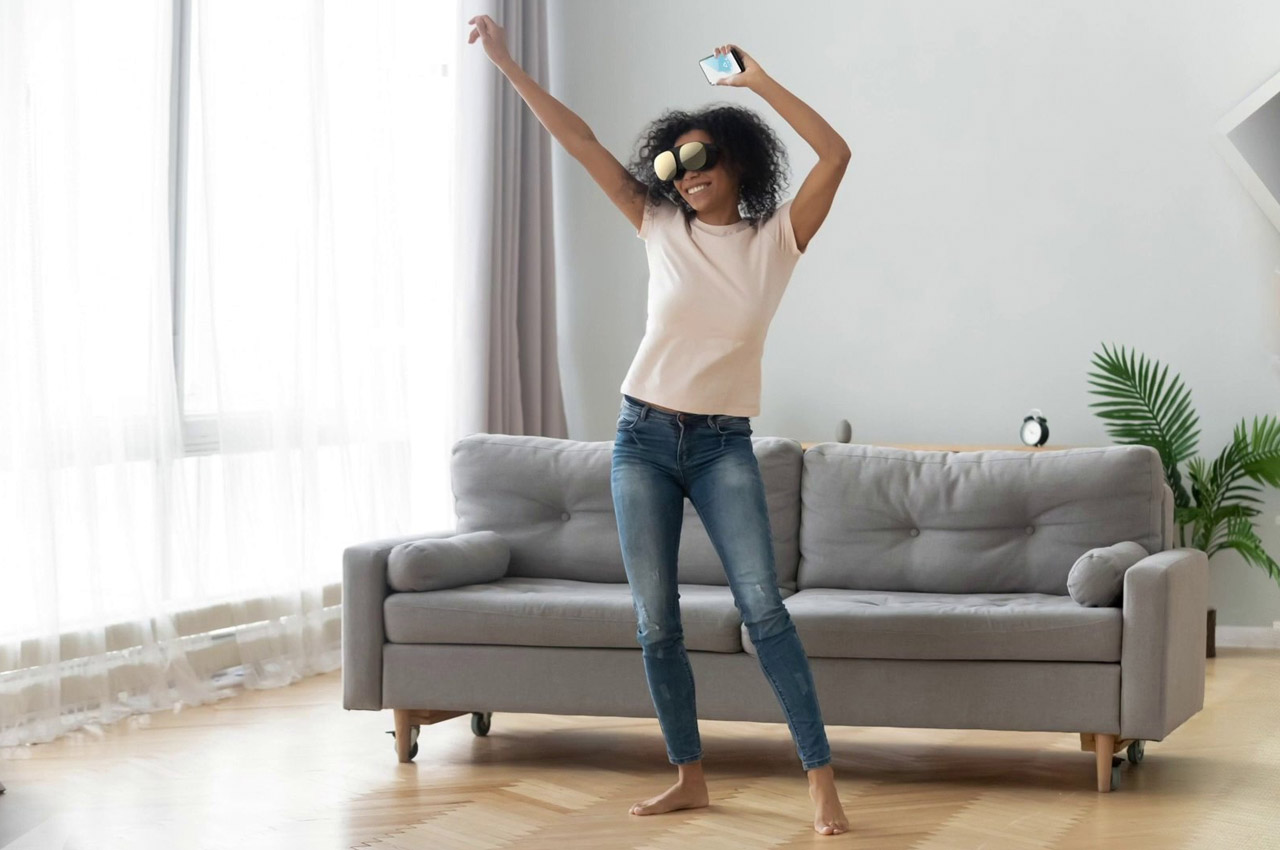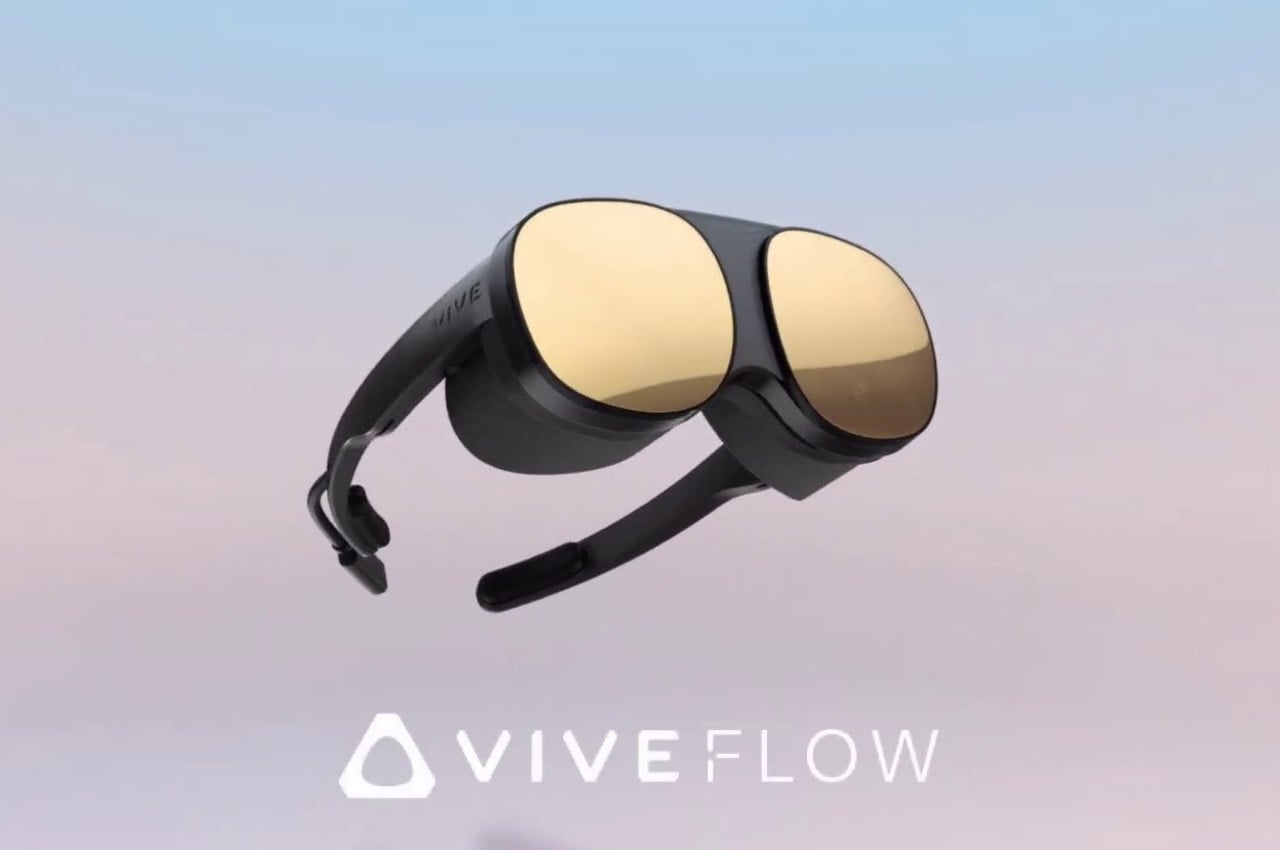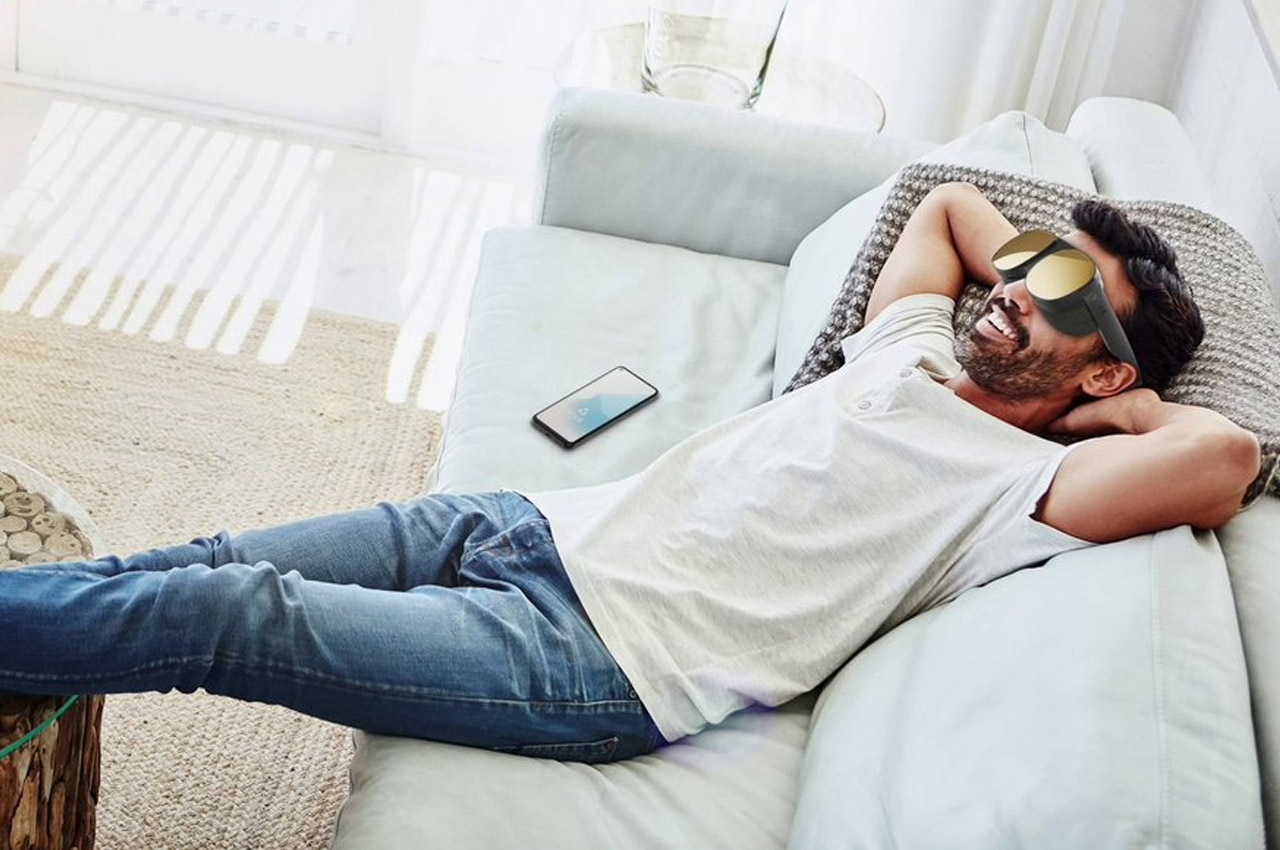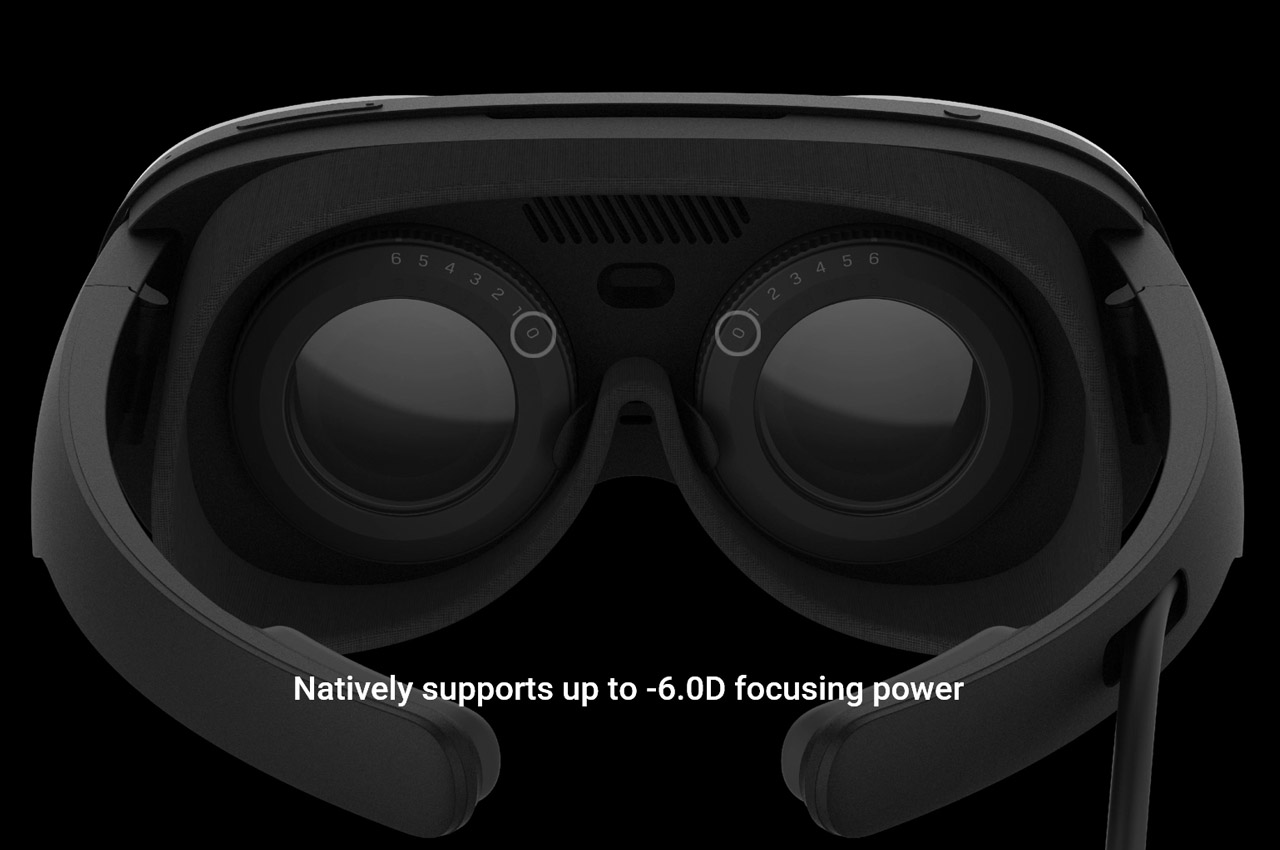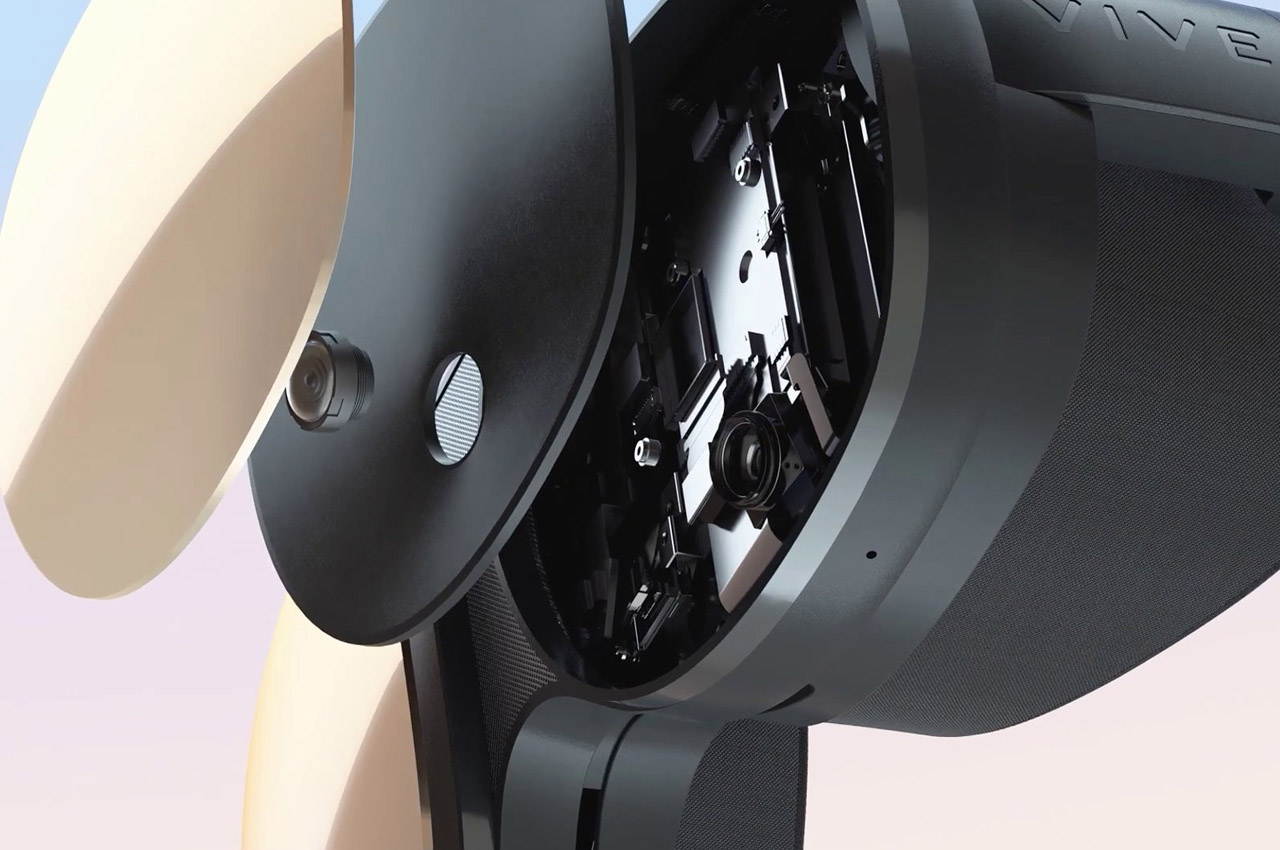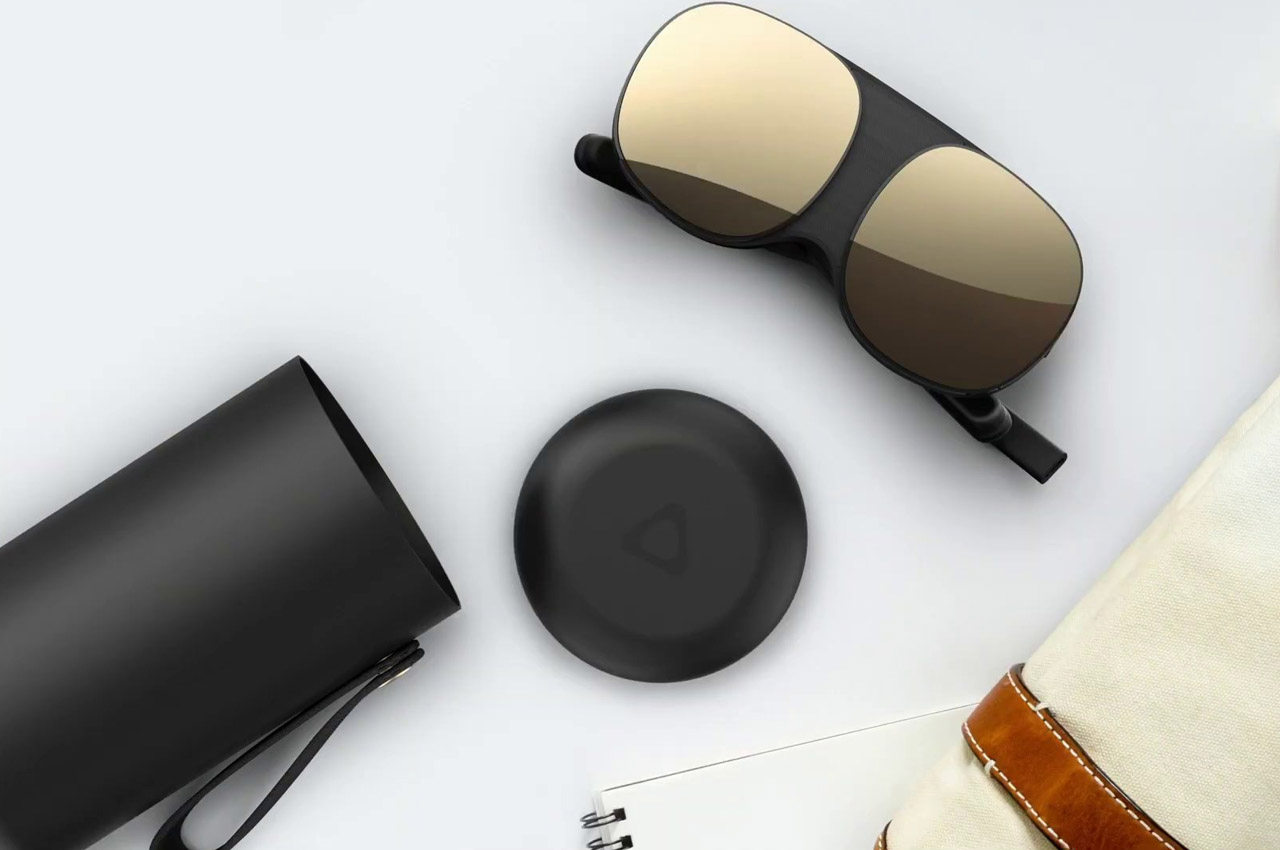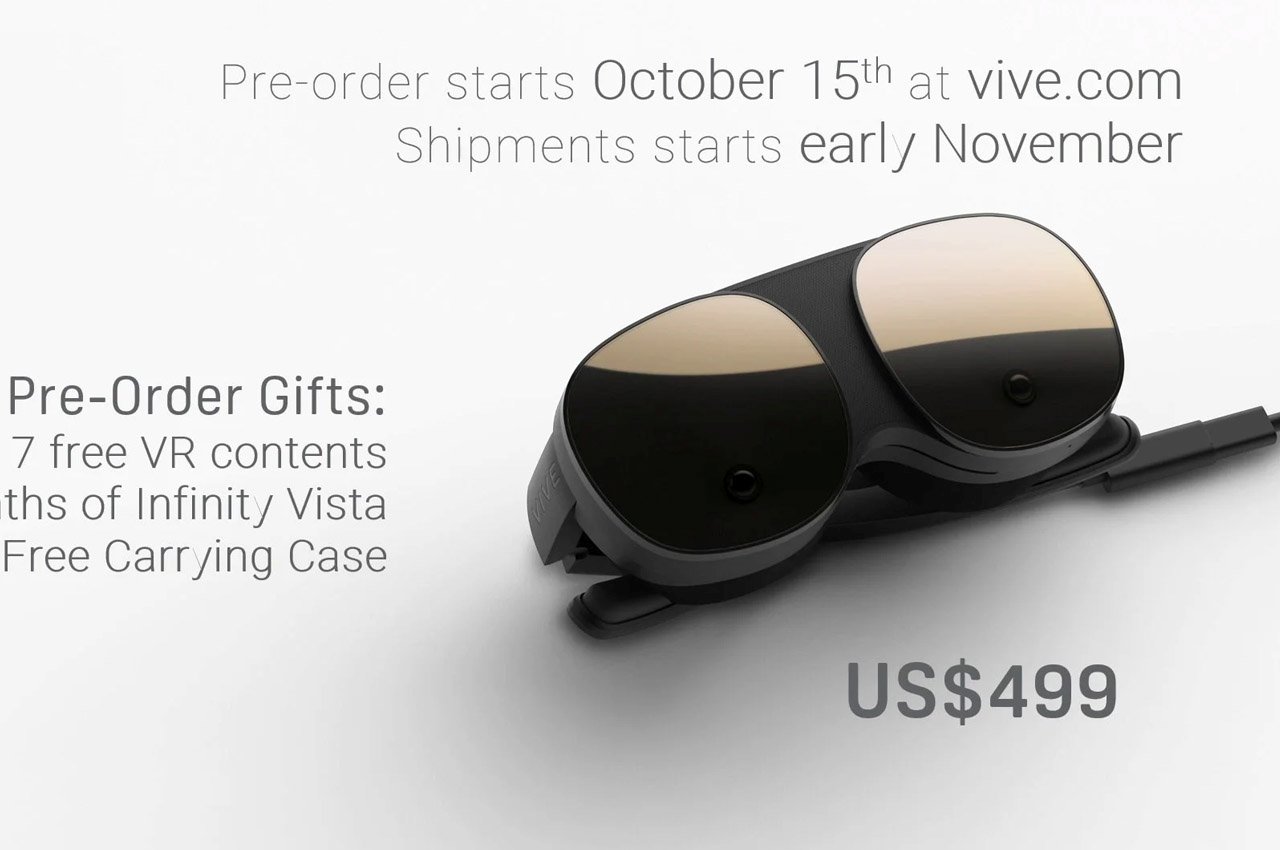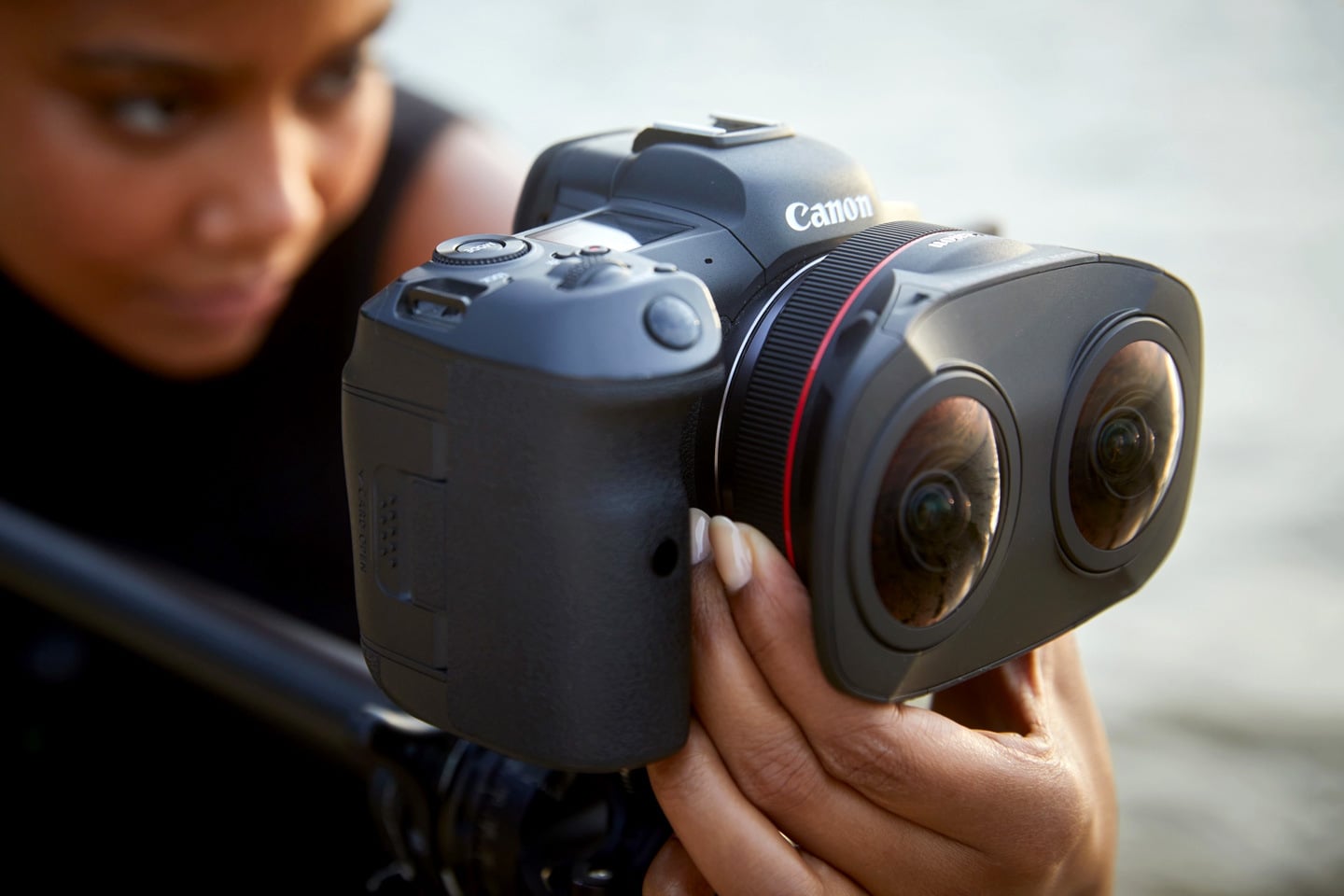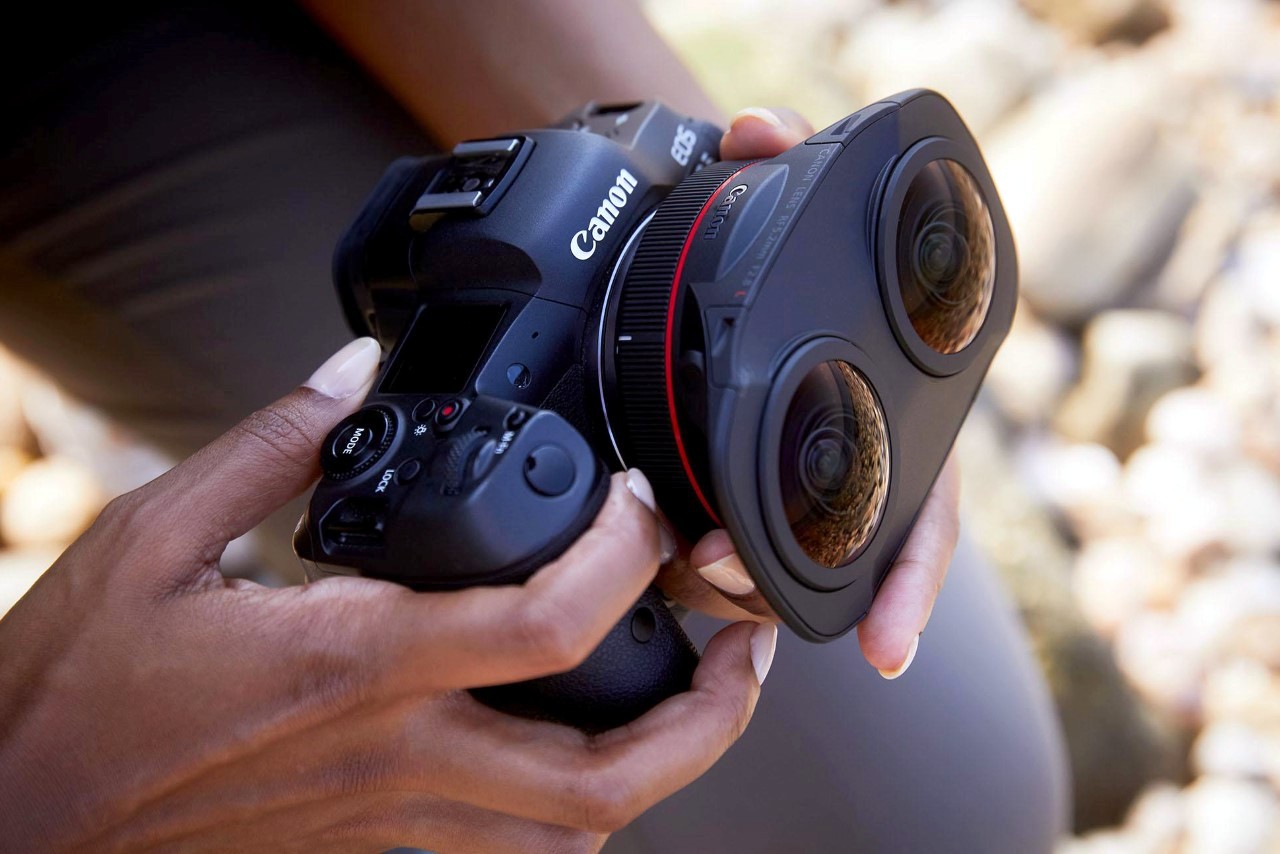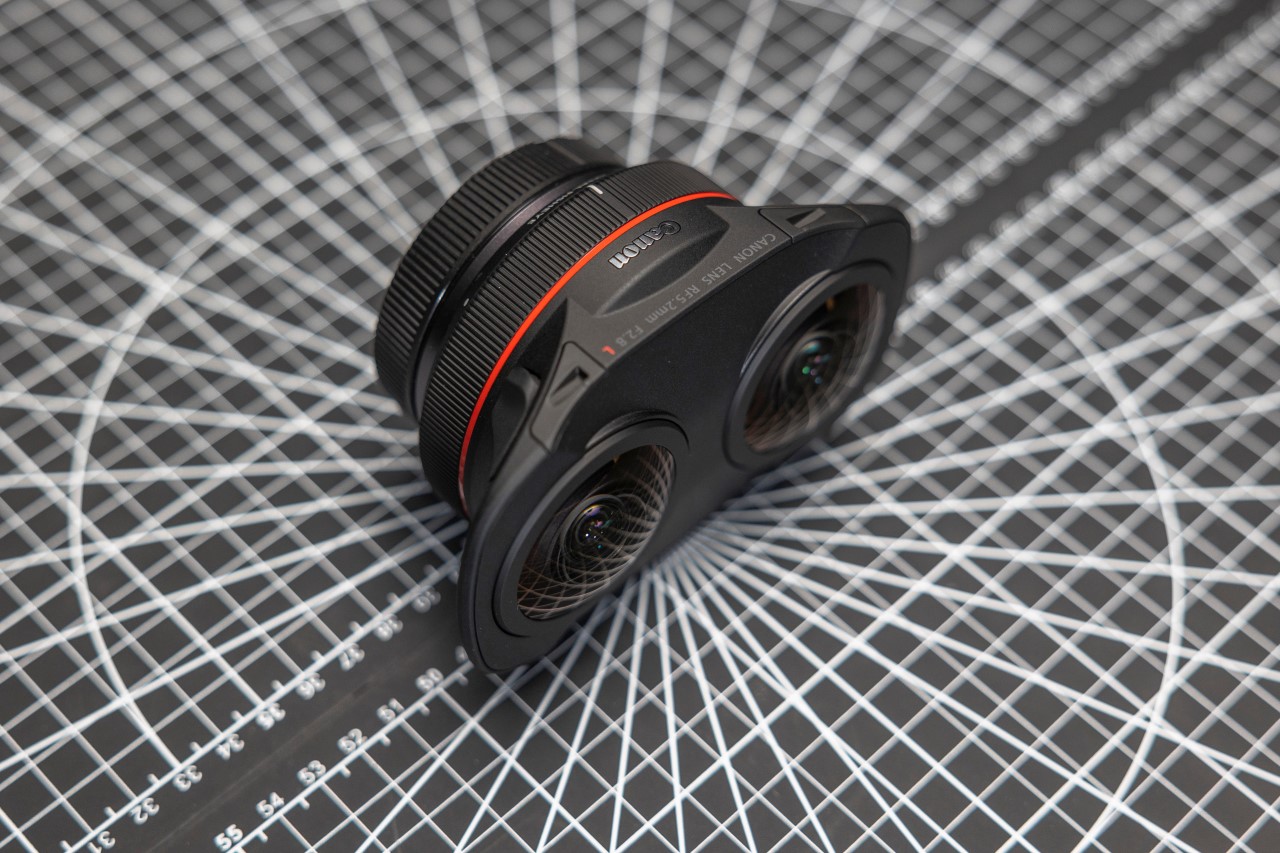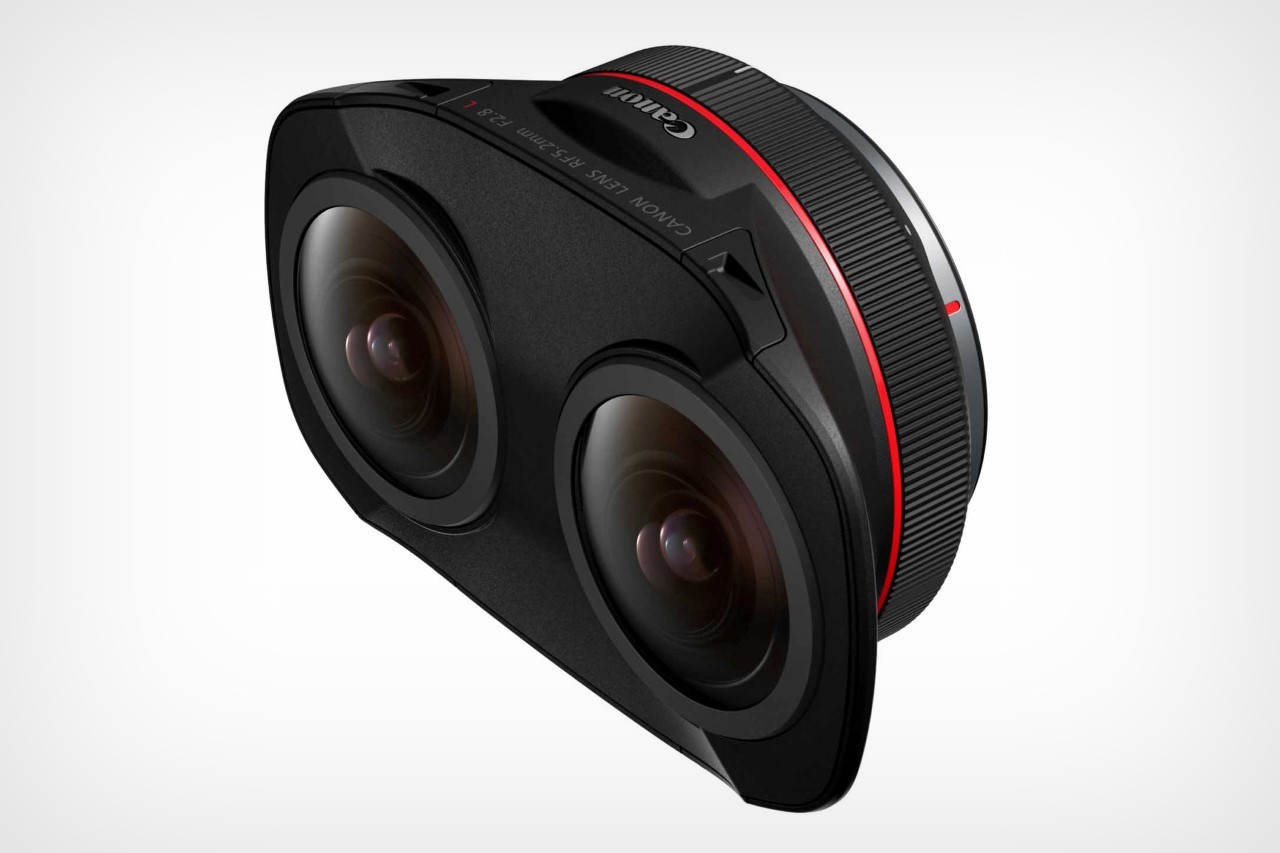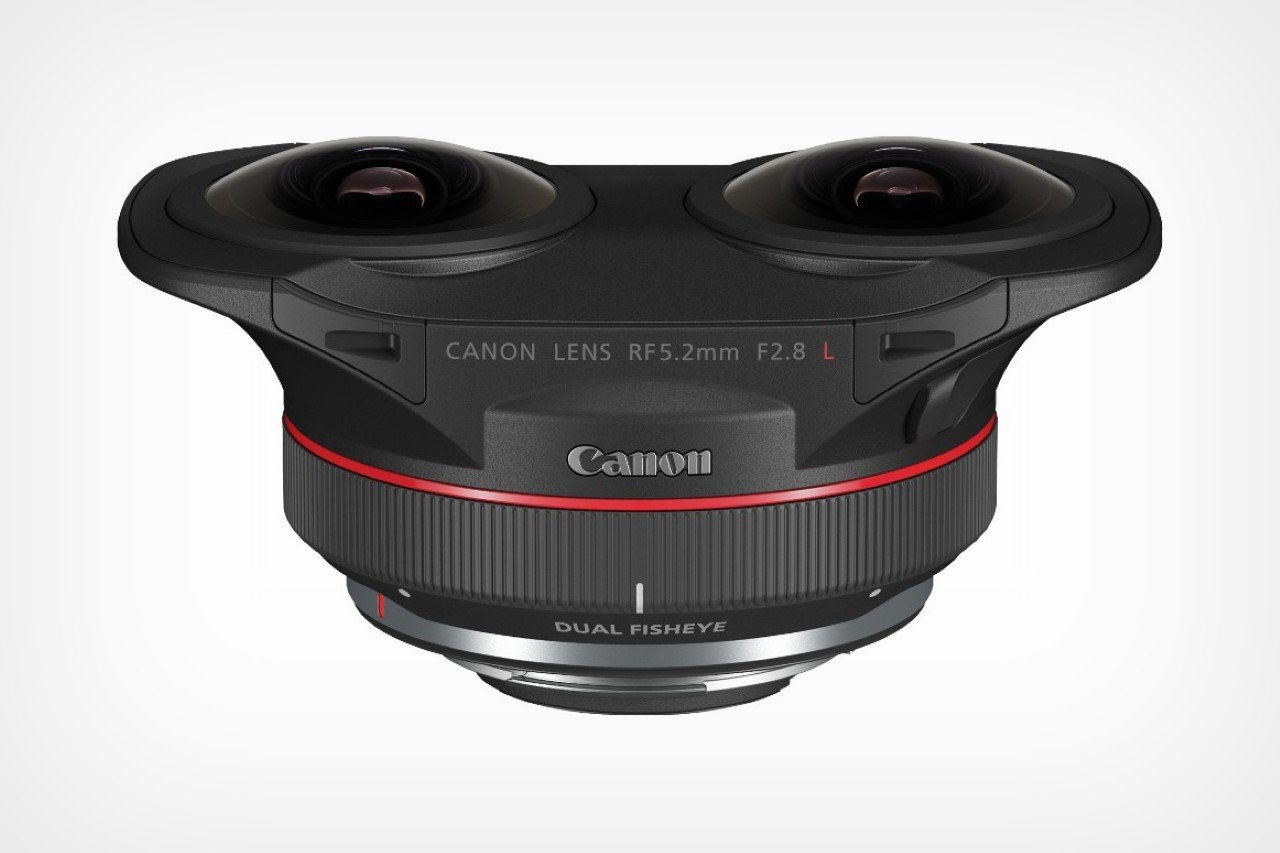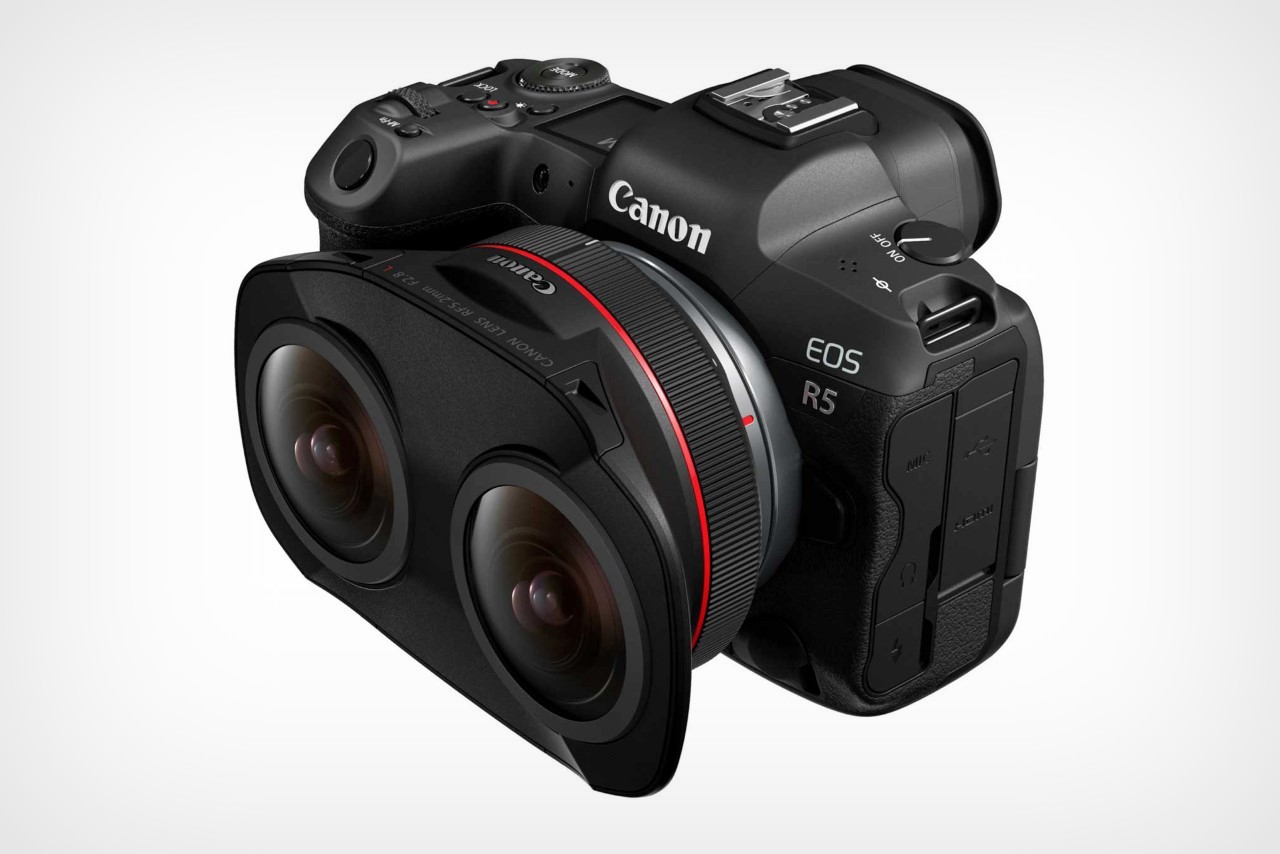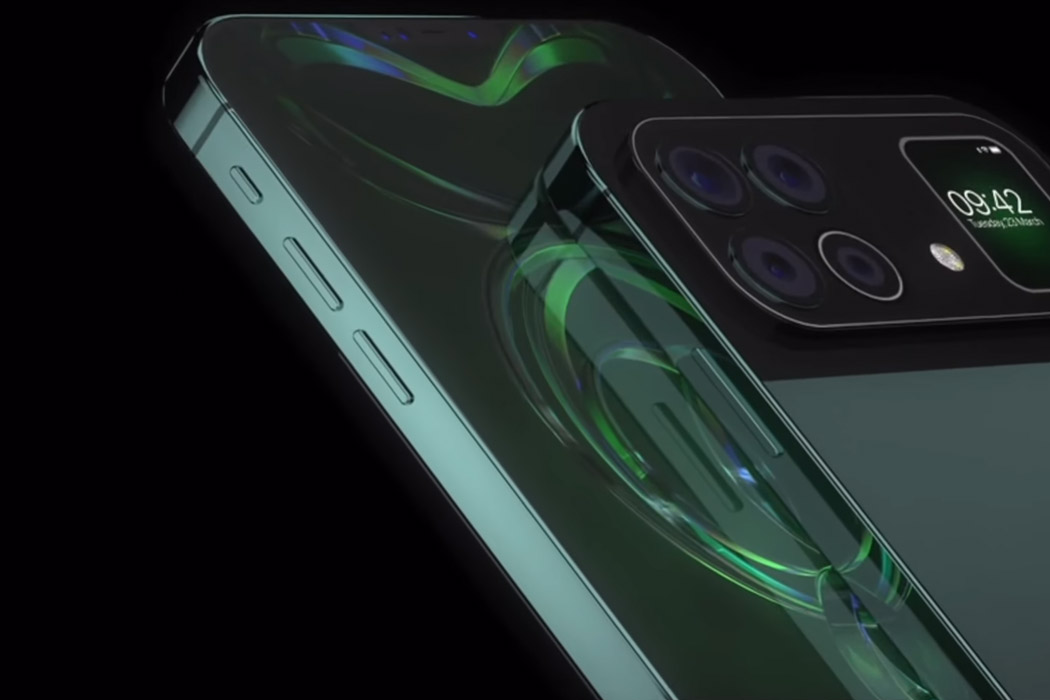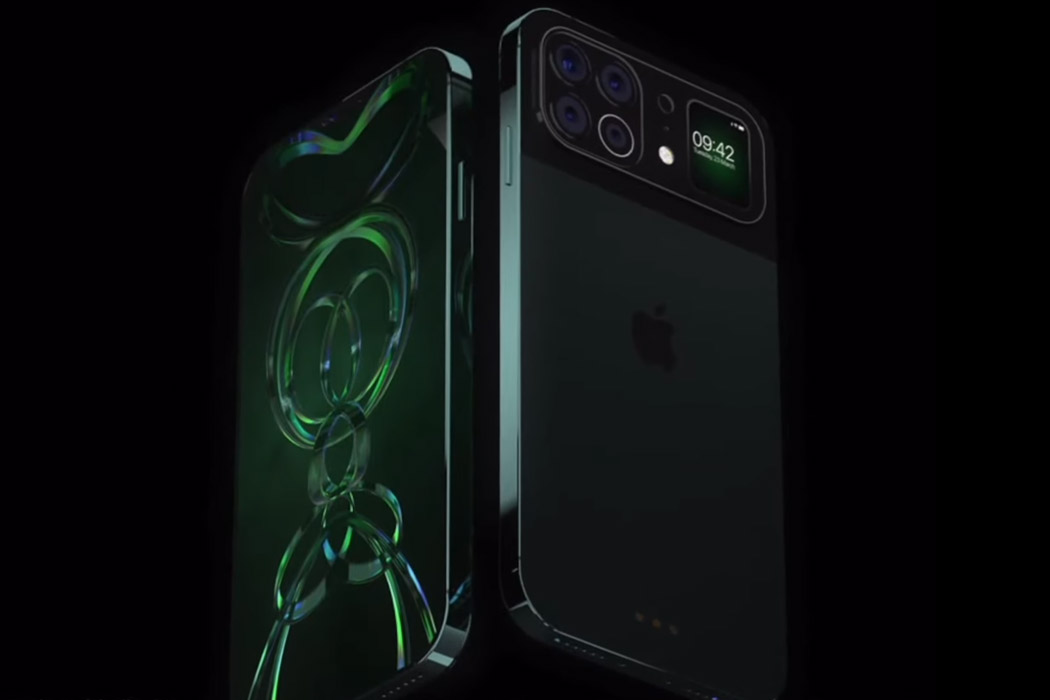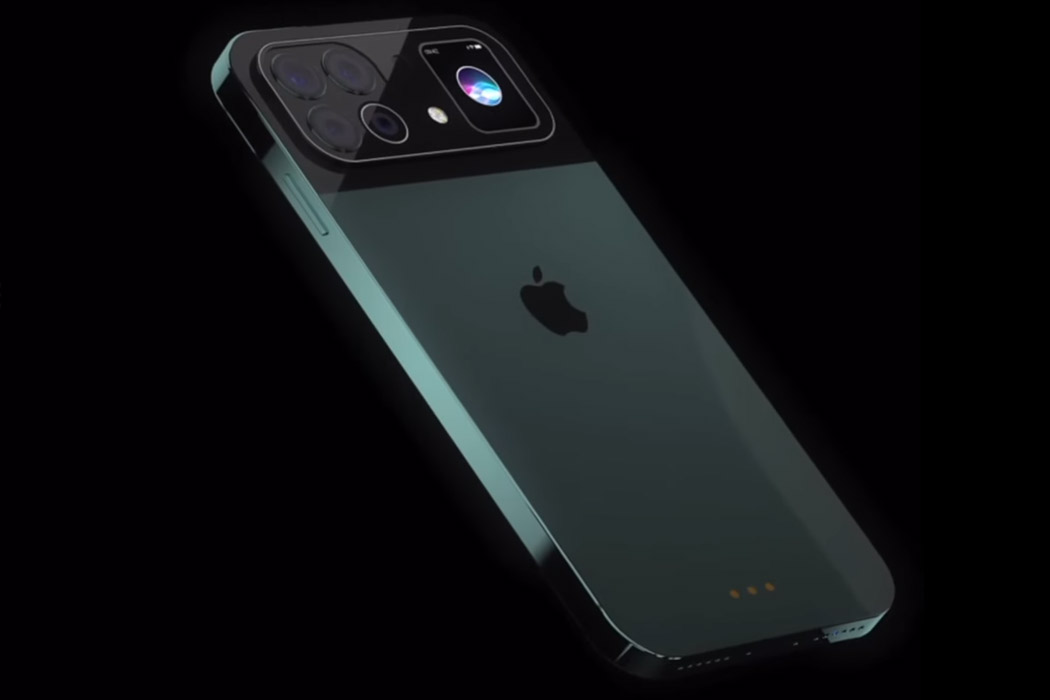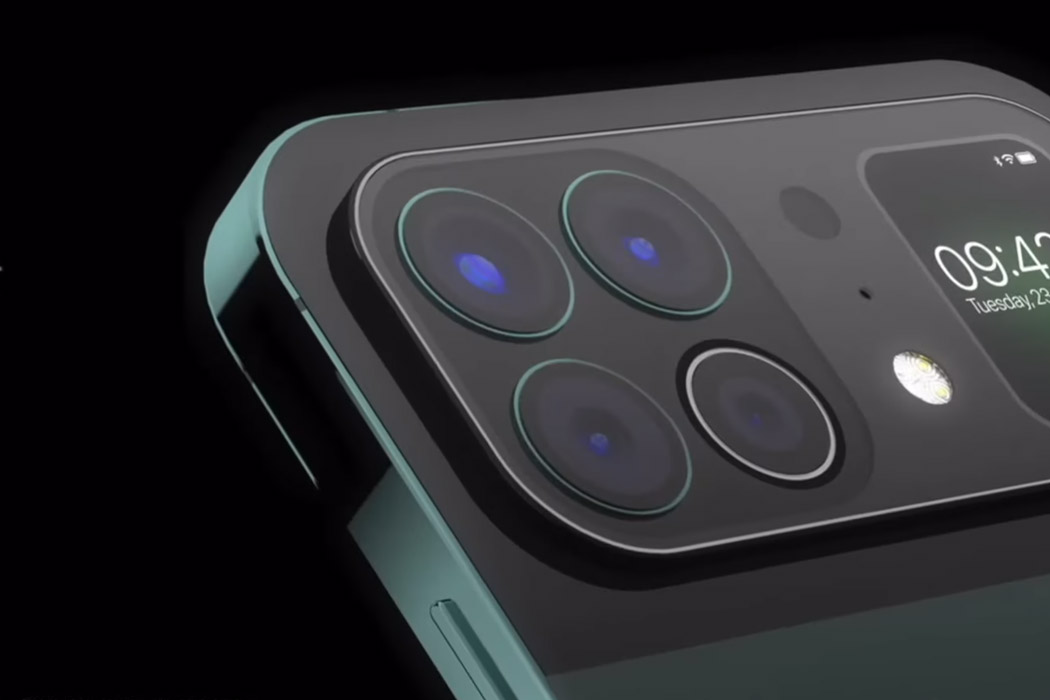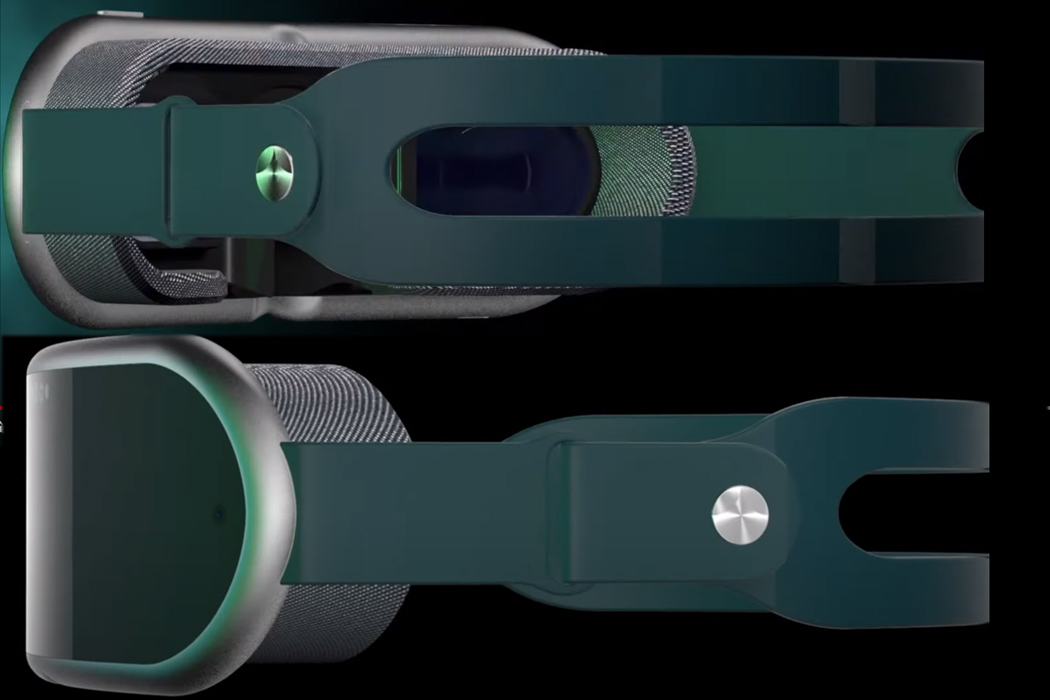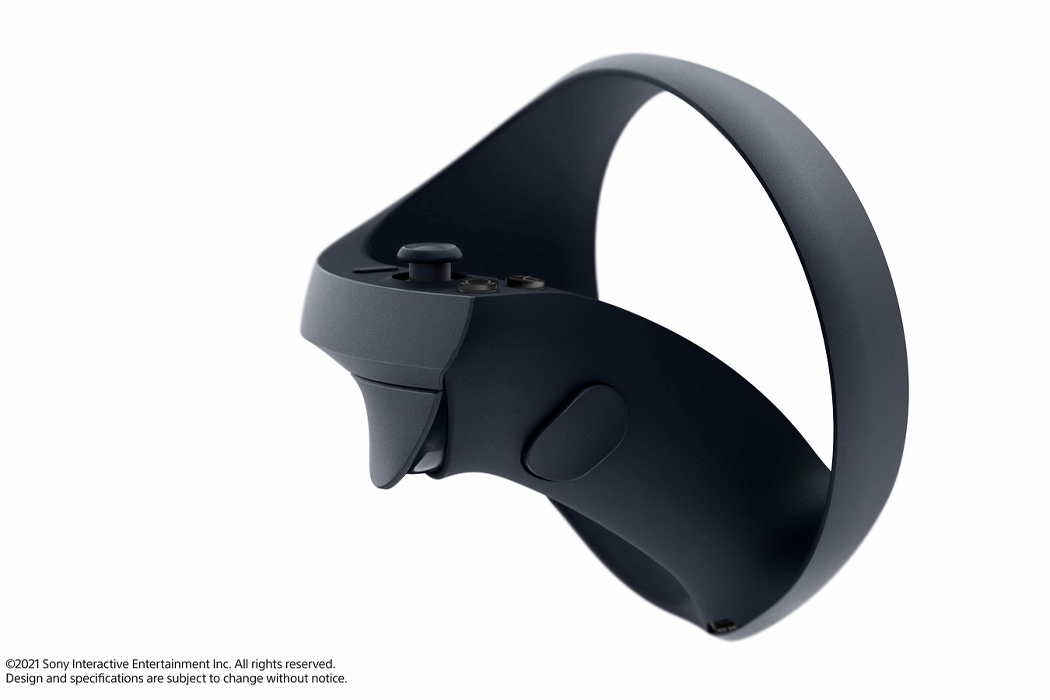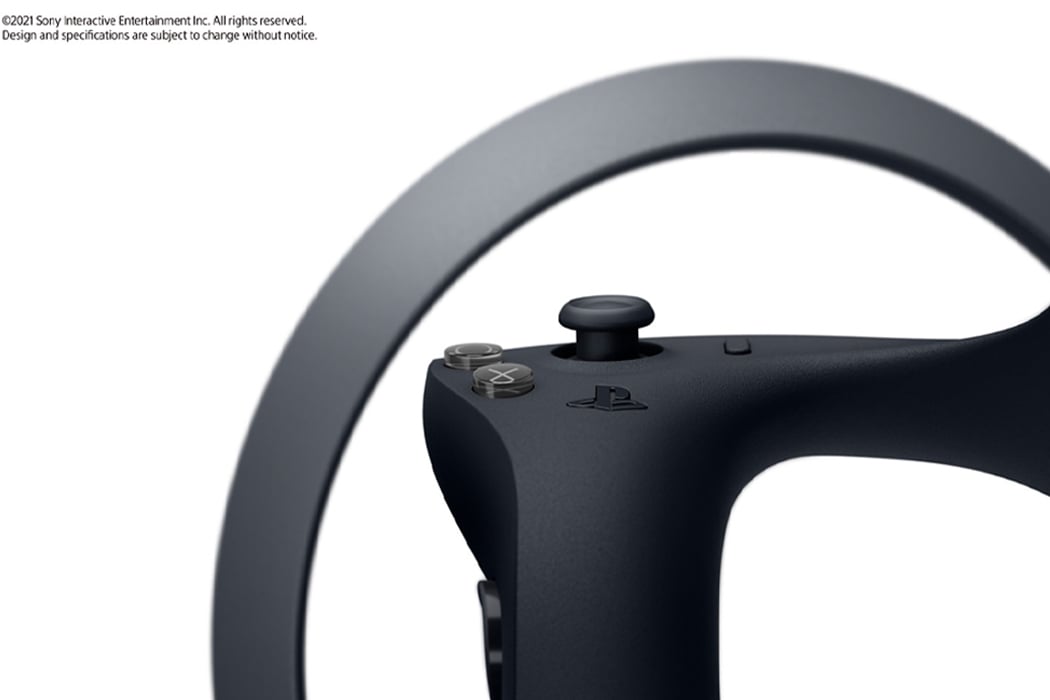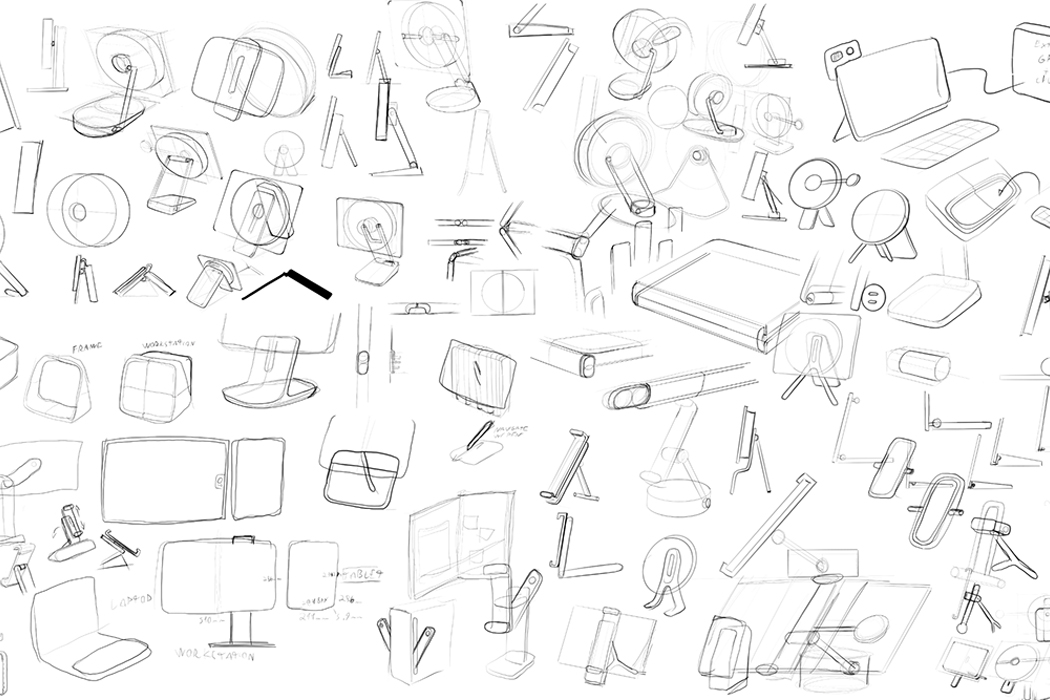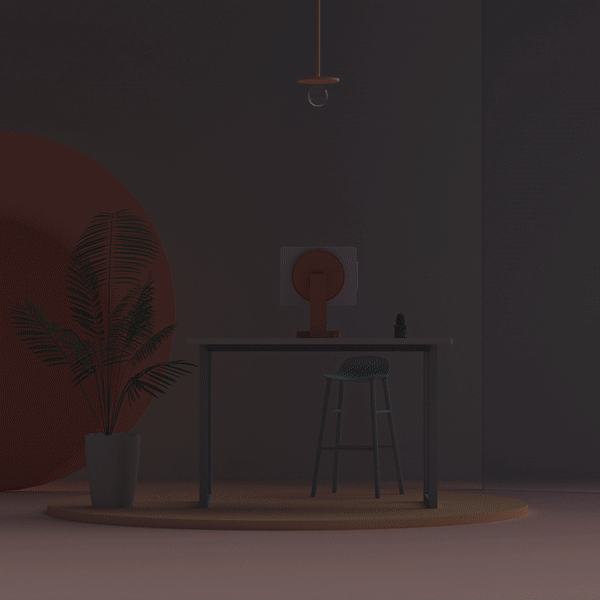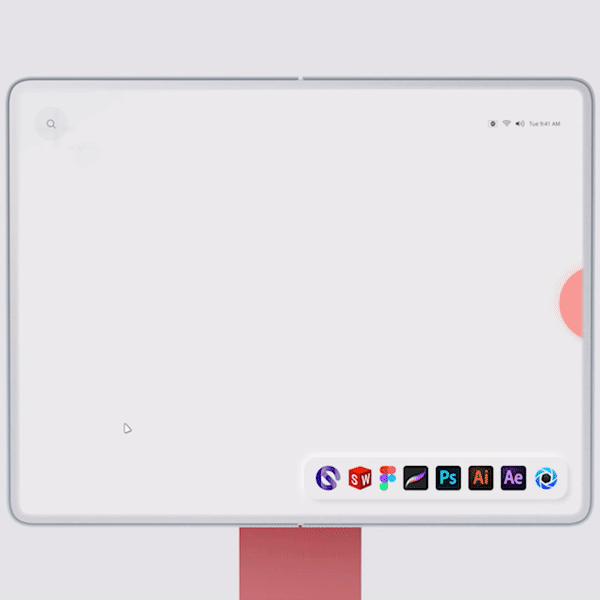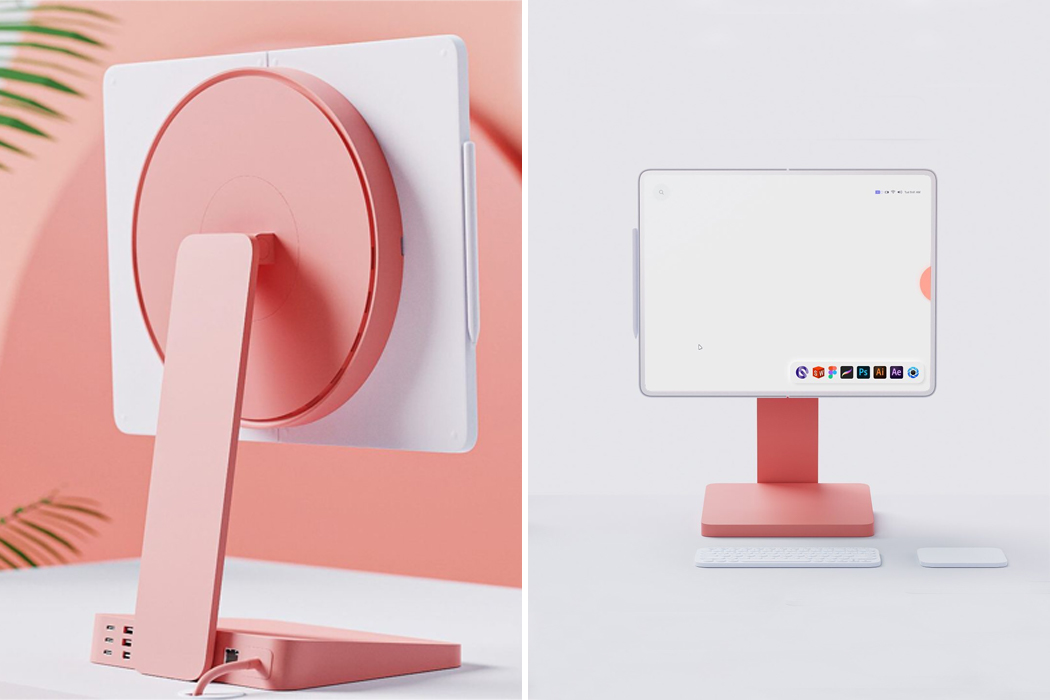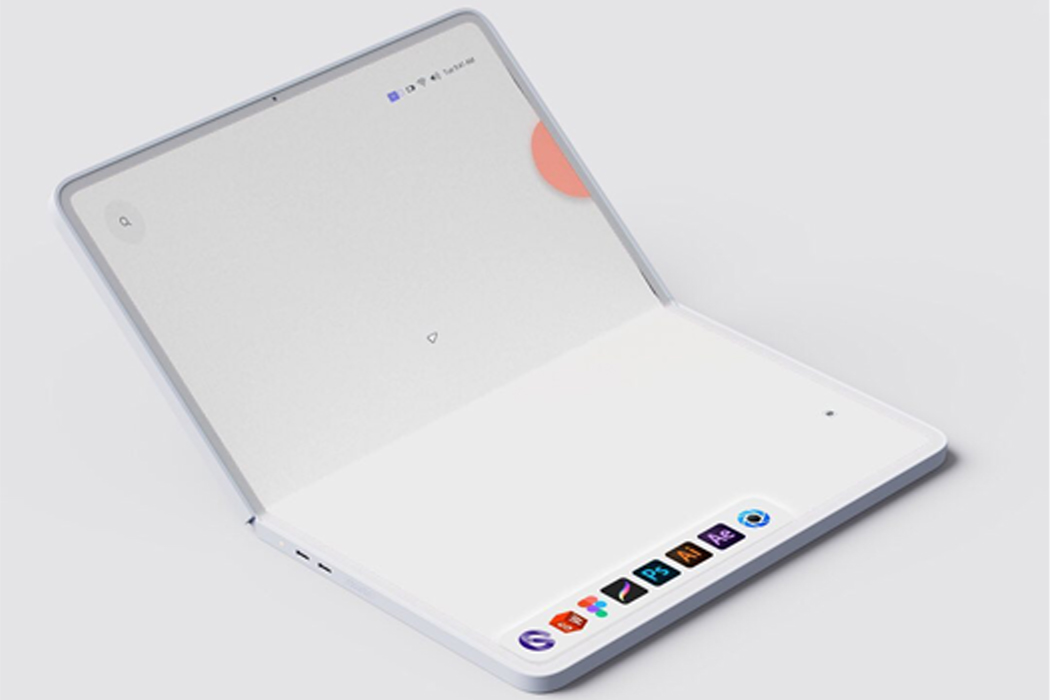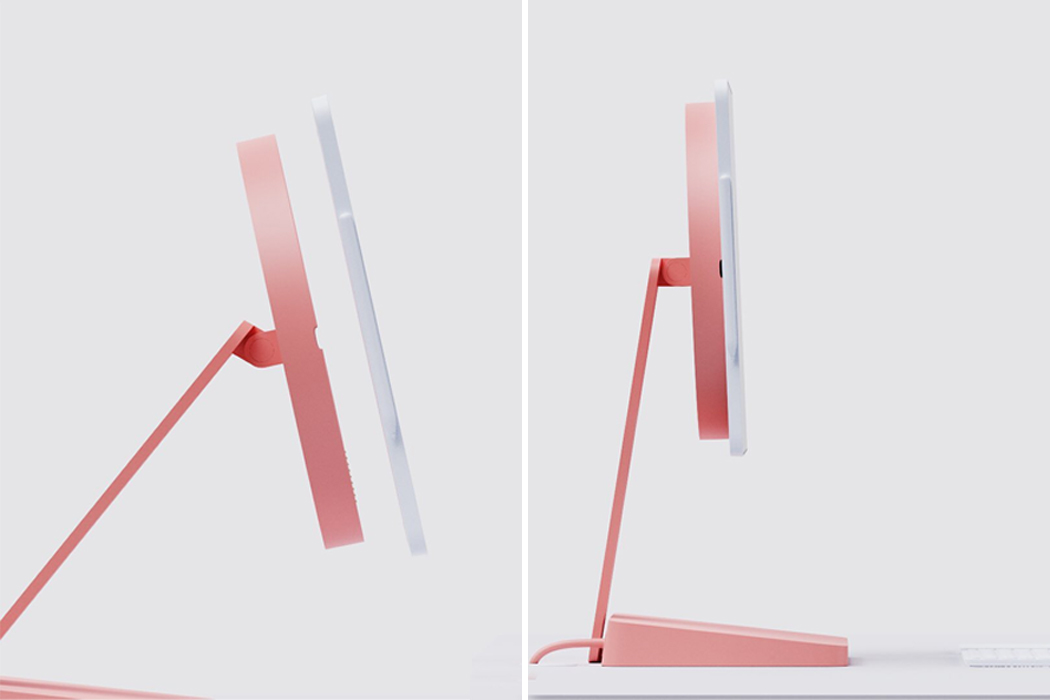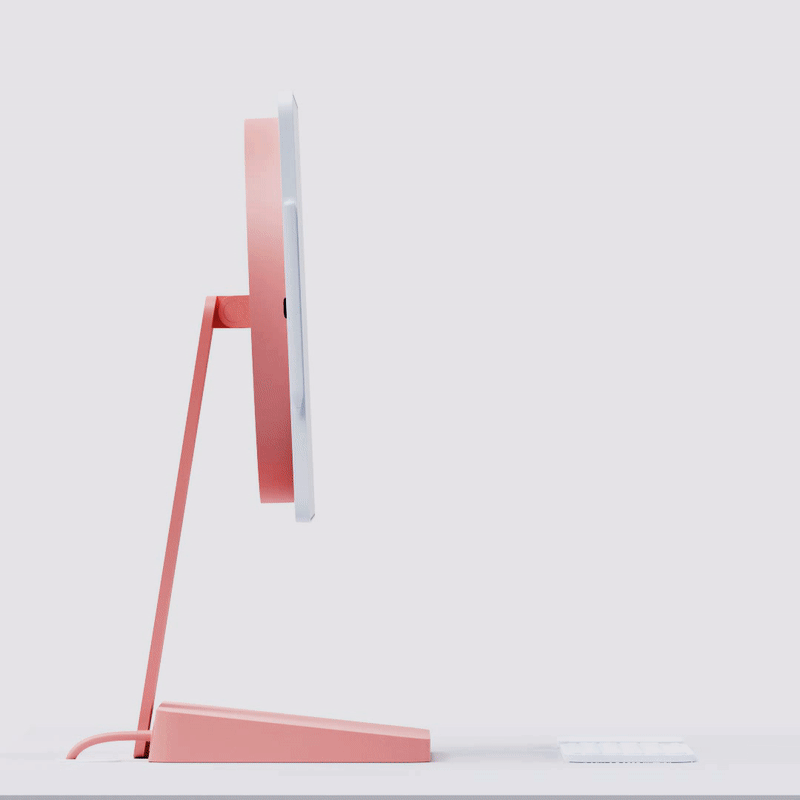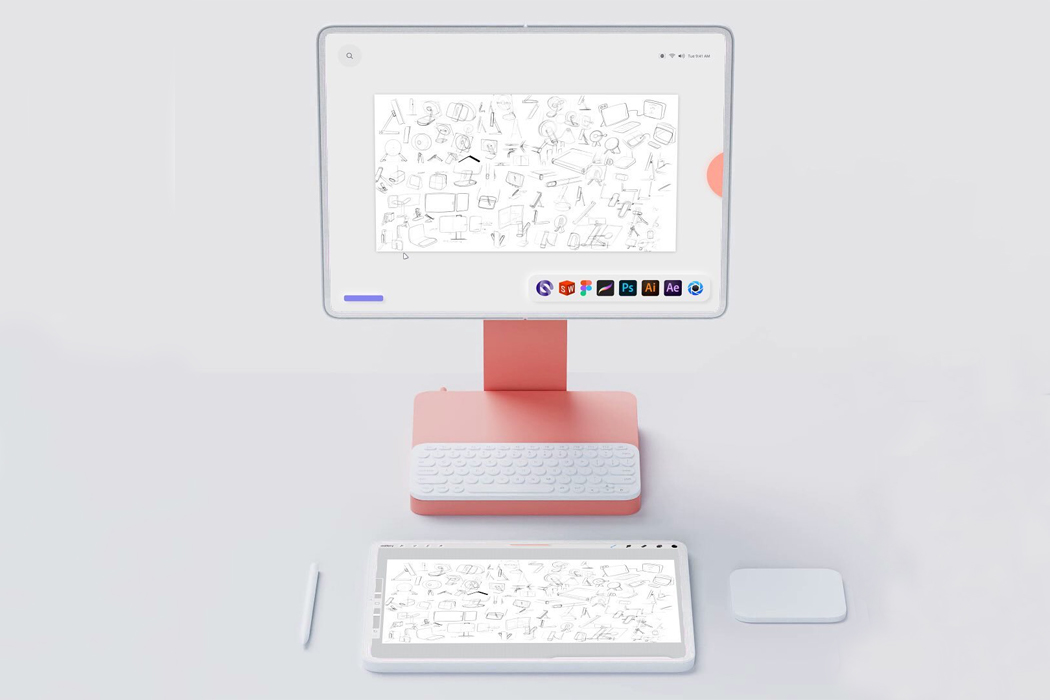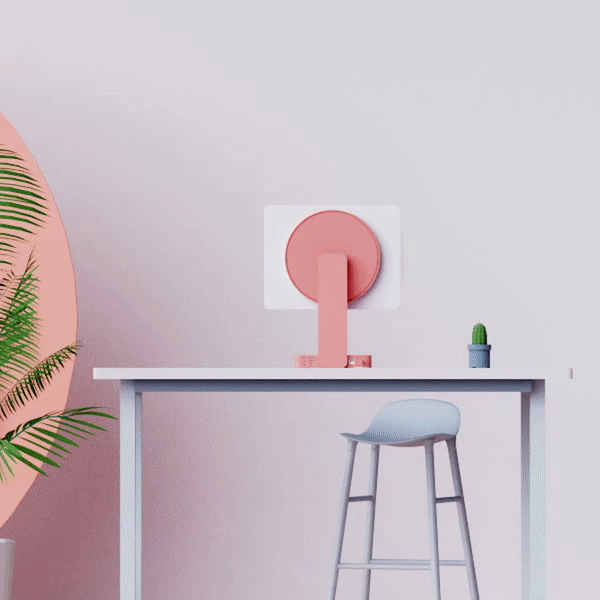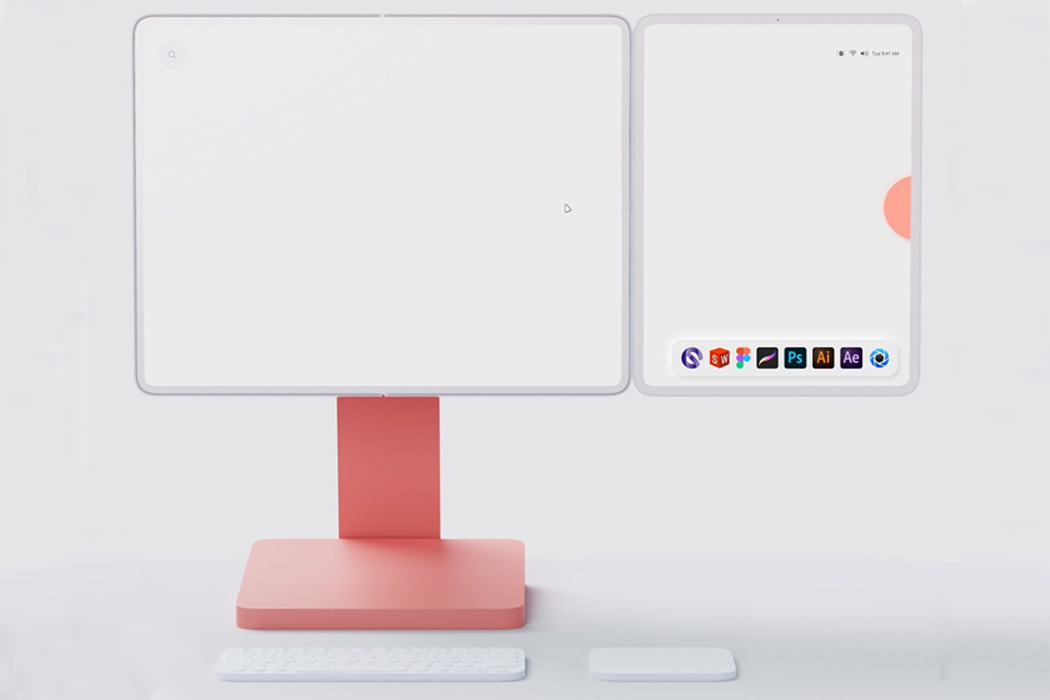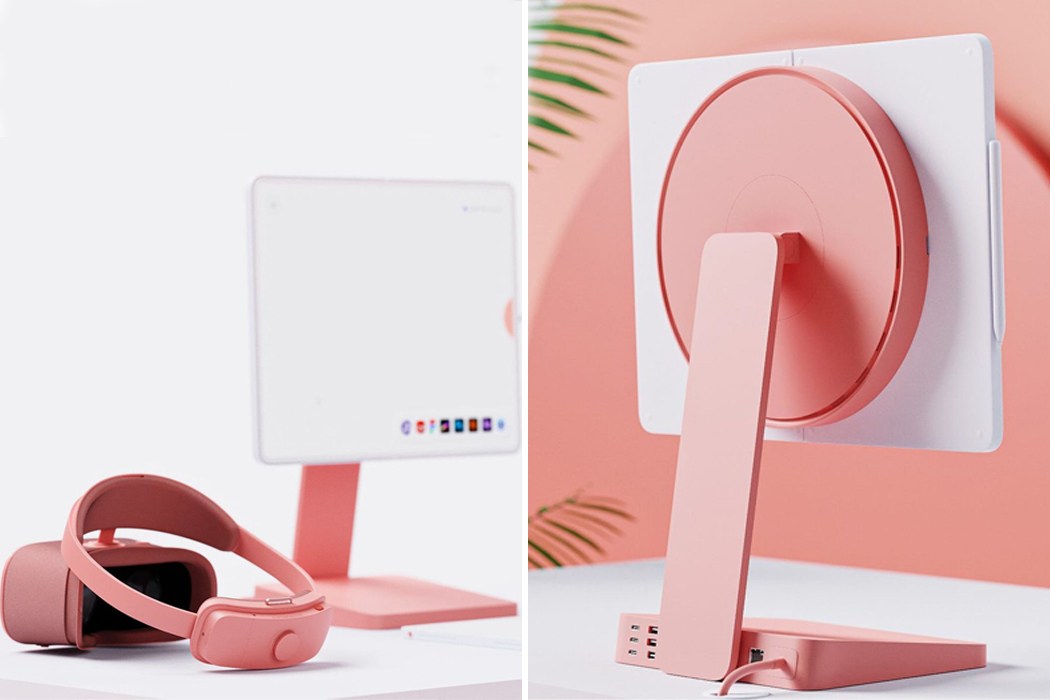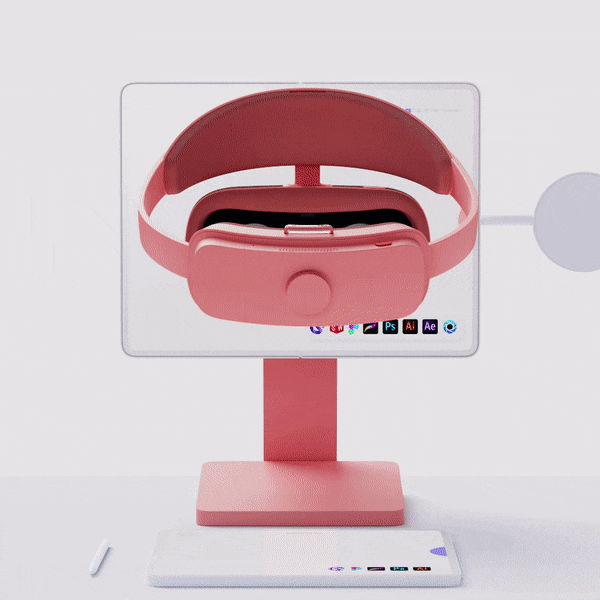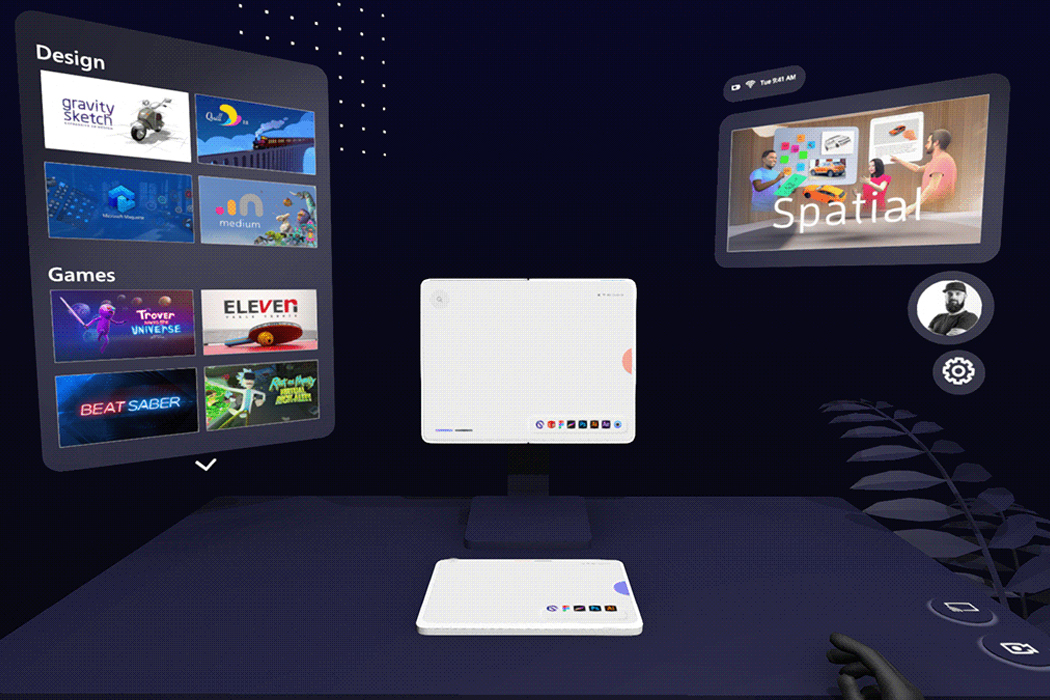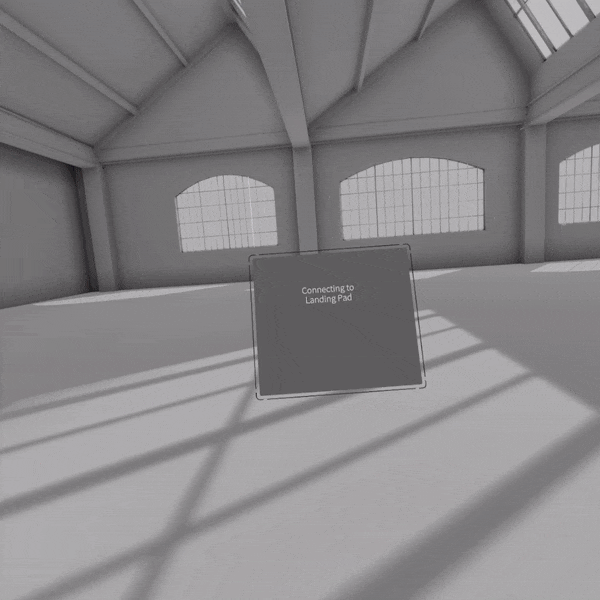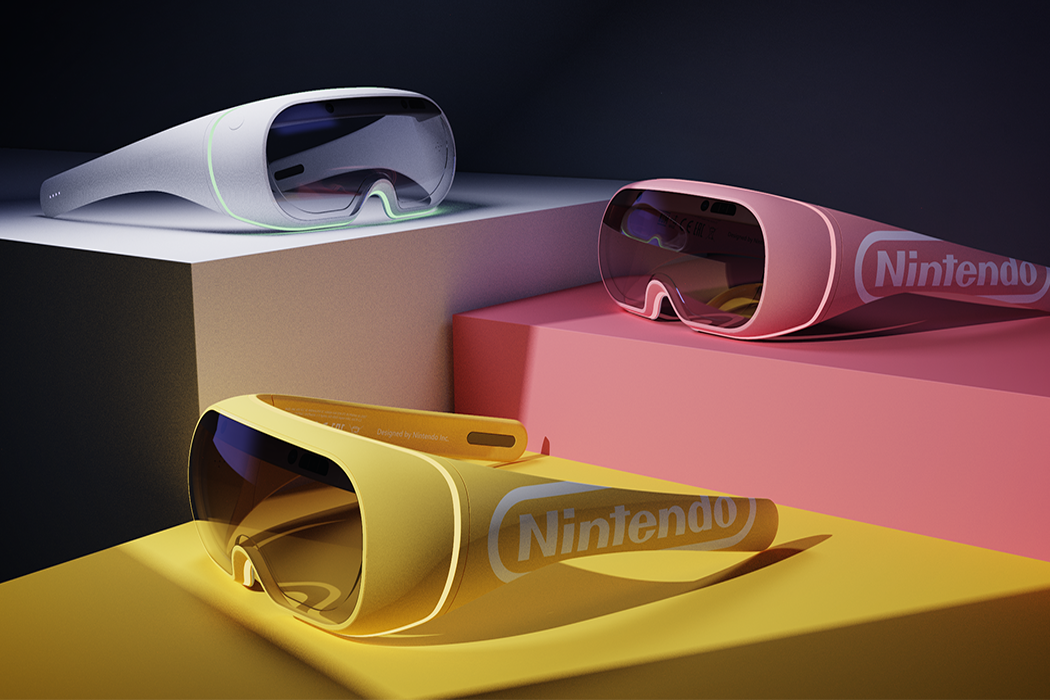
Immersing ourselves in a simulated world, far away from reality is always fun. And hence, Virtual Reality has been gaining a lot of momentum these days! Its applications and possibilities are endless. VR is extending its scope beyond gaming and providing functionality in a variety of fields. From business, education, entertainment to even fitness, VR is being utilized in almost all industries. And we’ve curated a collection of exciting VR designs that prove the true value of this emerging technology. From a virtual reality treadmill to a VR-equipped workstation set up, every single one of these designs will make you pro VR all the way. Enjoy!
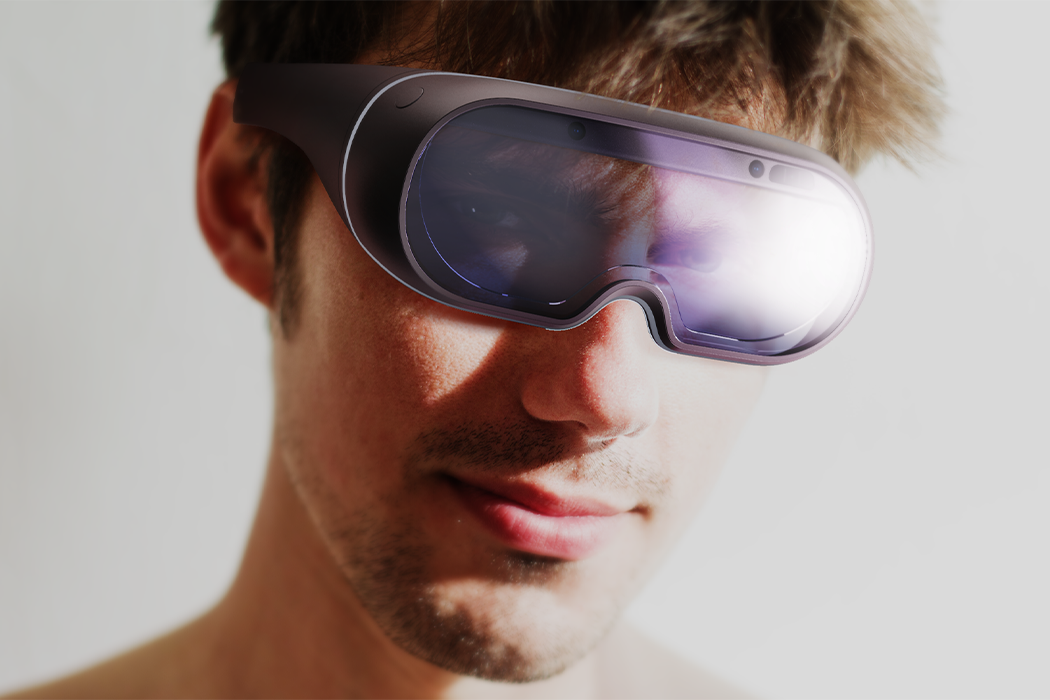
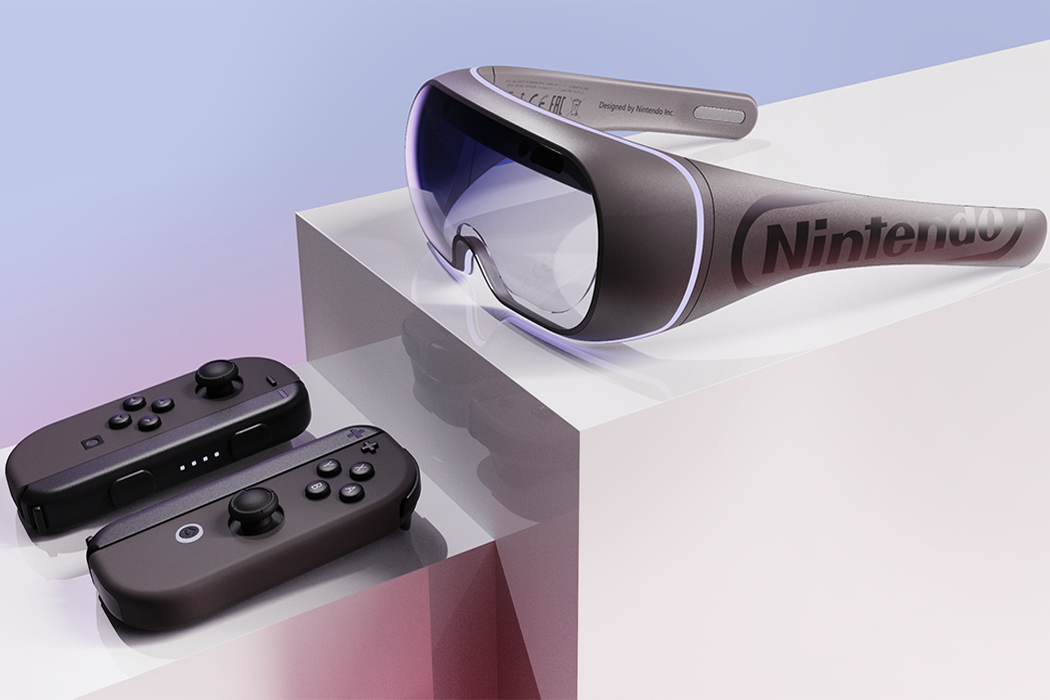
Following the trends of today in regard to retro aesthetics and gameplay mobility, Tsai reimagined Nintendo’s virtual reality experience with Nintendo Switch Joy-Glasses. Tsai recognized Nintendo Switch’s hybridity that allows it to transform from a handheld gaming tablet to a plugged-in video game console for the television. This gives Nintendo Switch players the option of bringing a gaming console with them anywhere, making Nintendo Switch a mobile gaming device. This mobile hybridity gives the Switch a leg-up, and with today’s gamers being so nostalgic, it’s no wonder VR games like Pokémon Go are such global successes. Further, on the game’s market triumph, Tsai writes, “Successfully tapping into 1990s nostalgia, [Pokémon Go] is attracting millions of Millennials…Taking advantage of this retro hype, it’s about time to refashion existing technology and create something unique to connect with more recent generations.”
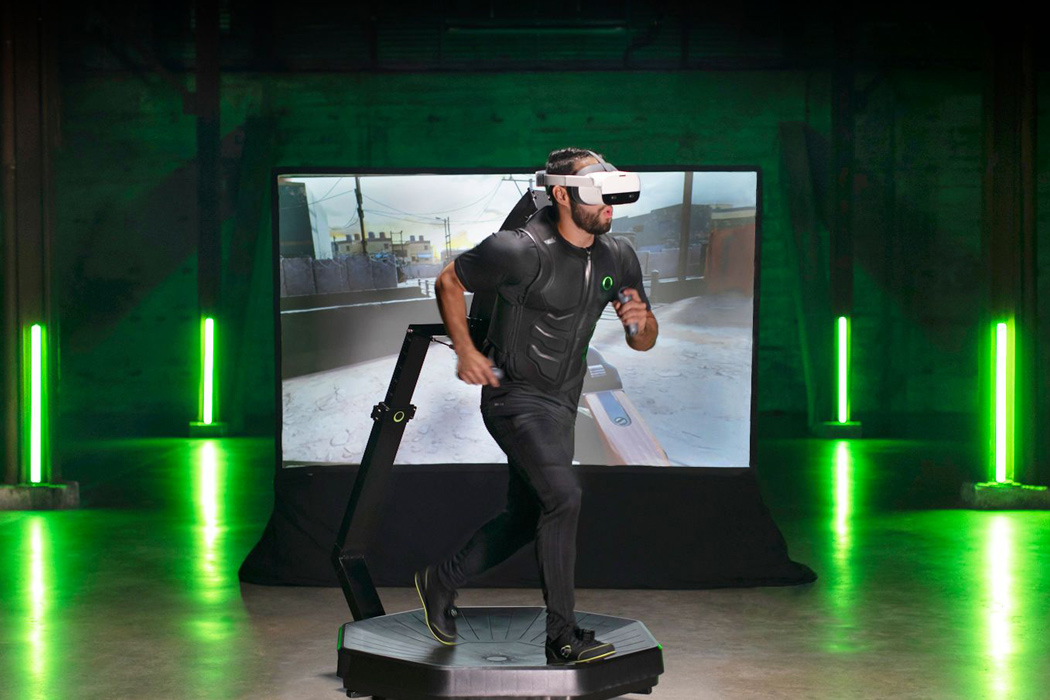
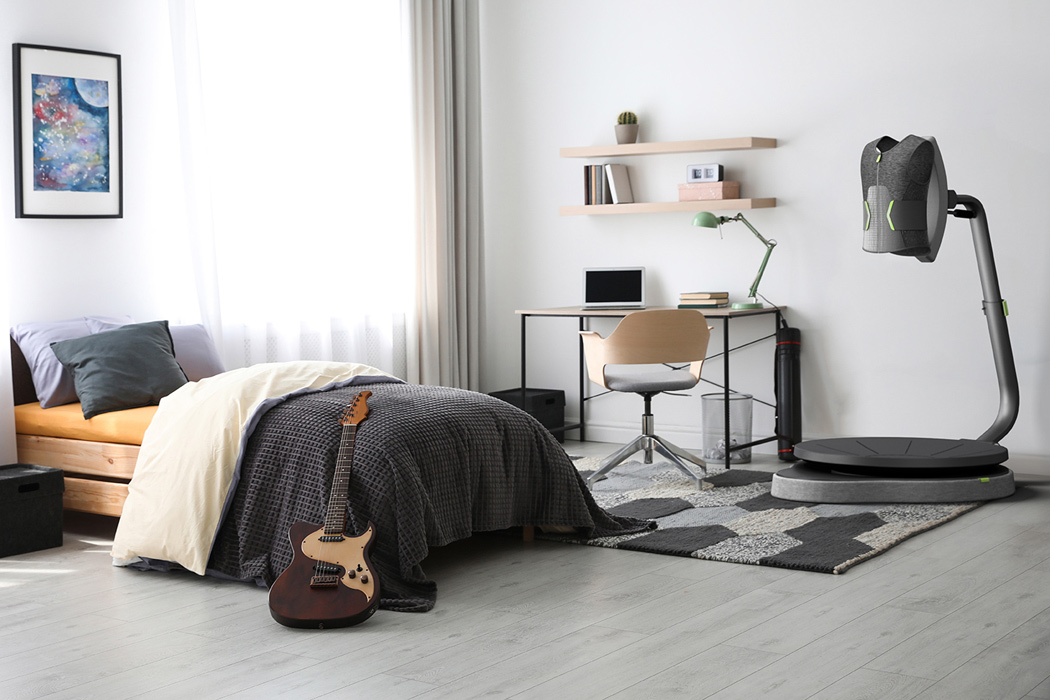
The Omni One by Virtuix – a virtual reality treadmill that’ll allow gamers to walk or run in 360-degrees inside video games and other virtual environments. The possibilities with Omni are unmatchable – it not only lets you walk but even jump, kneel, and crouch in the gaming world by mimicking the action on the treadmill in real life. Gamers who’ve tasted the VR flavor would have heard the name Virtuix before. The start-up is currently selling a commercial version of the Omni – “Omni Pro” – to entertainment venues in over 45 countries. Now, Virtuix is coming for the first time to our homes with Omni One treadmill aimed at pushing the bounds of in-home entertainment previously set by VR headsets.
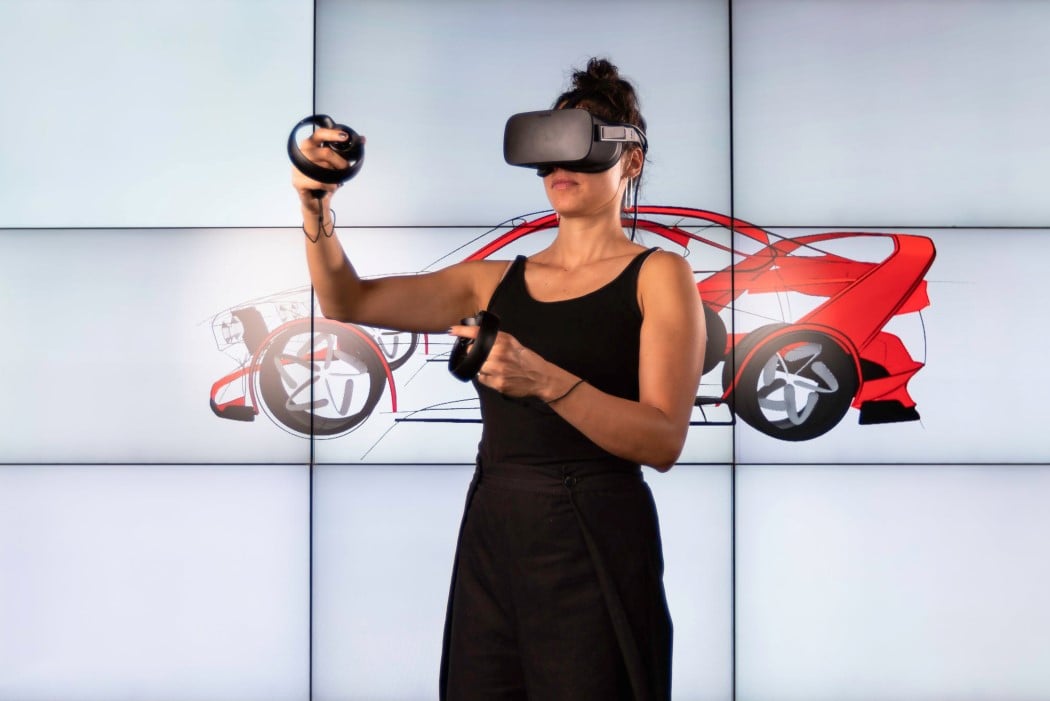
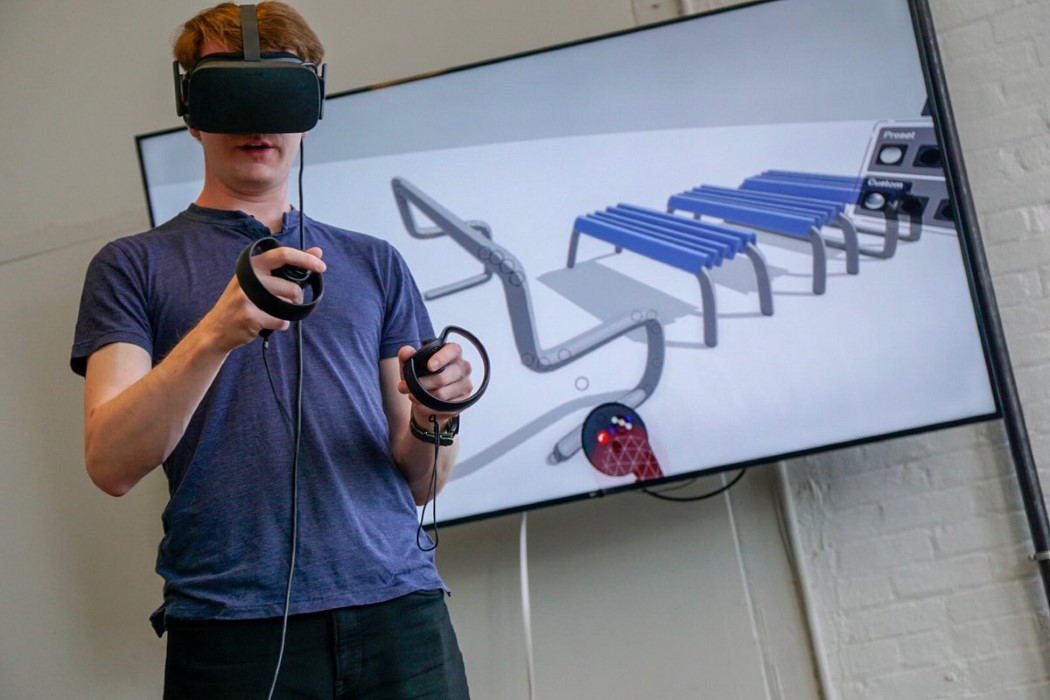
With the unprecedented shift towards remote working because of the Coronavirus pandemic, the team at Gravity Sketch has prioritized the deployment of their latest cloud collaboration feature. Available within the cloud-based product LandingPad, Gravity Sketch’s cloud collaboration feature (codenamed Co-Creation) allows designers, teams, studios, and clients to collectively visualize, ideate, and refine product ideas. Merely wearing the VR headset transports you into the virtual workspace, allowing wearers to use the remote controller to highlight parts of a design, make edits/suggestions, or leave feedback. The tool has been used in enterprises with large design teams (Ford, Nissan, Reebok), but given the current circumstances with most people working remotely, Gravity Sketch hopes the publicly available collaborative platform will help teams work better together from their remote workspaces.
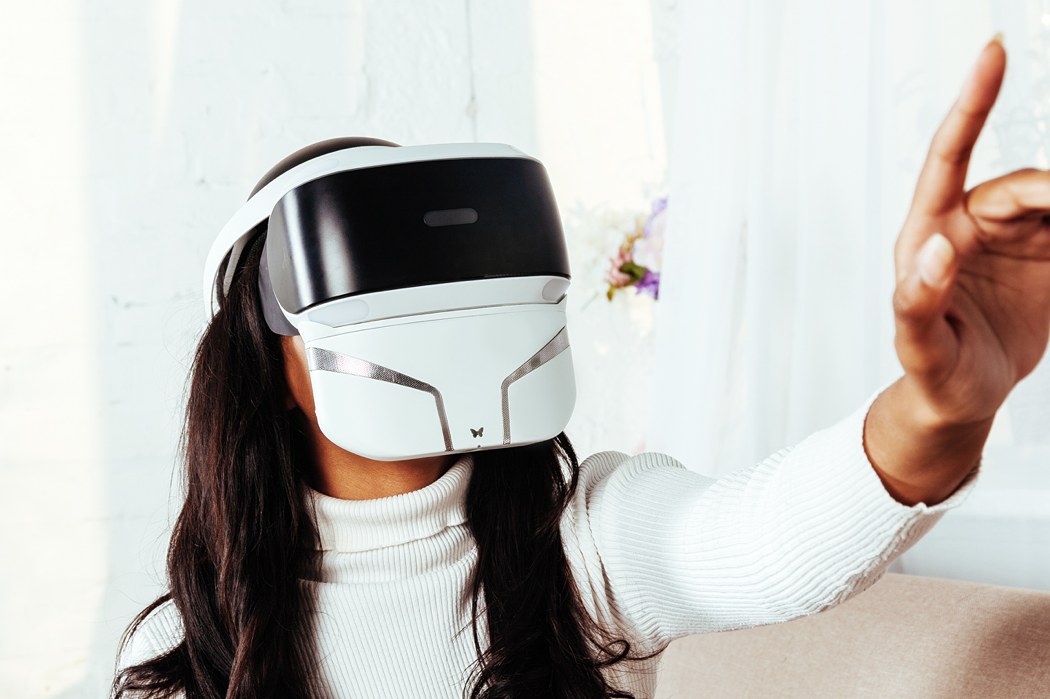
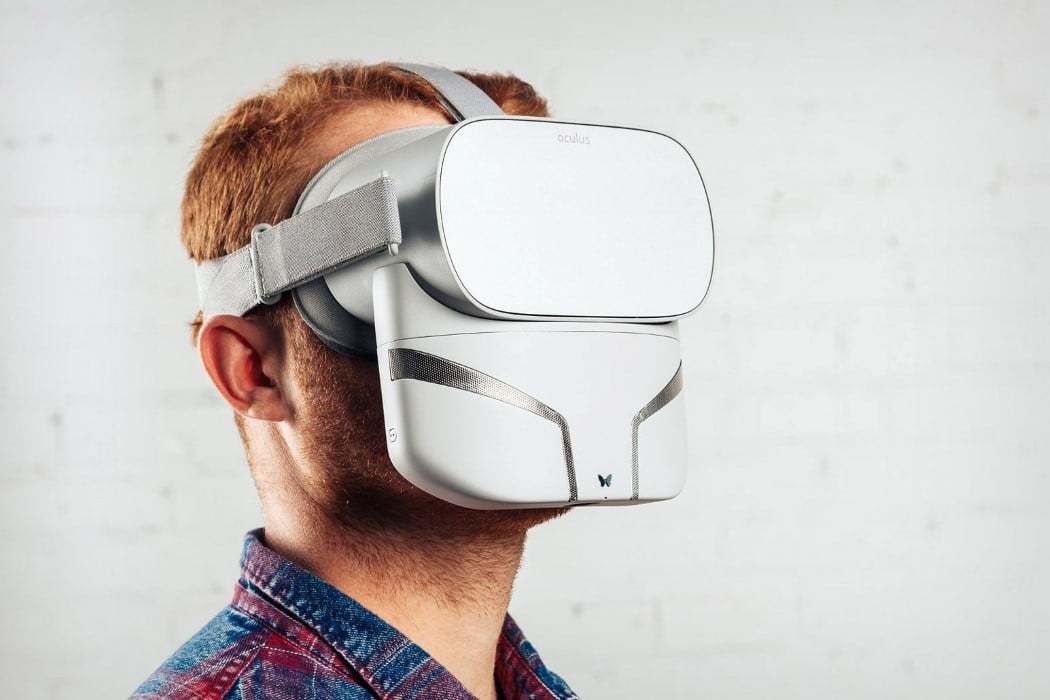
Compatible with the Oculus Rift, Go, HTC Vive, Samsung Galaxy VR, and the Playstation VR, the Feelreal snaps to the bottom of the headset, sitting right in front of the nose. It then releases smells that complement the media you’re watching by simulating, stimulating, or relaxing. Compatible with a variety of games, movies, and multimedia content on platforms like YouTube VR, the Feelreal can generate a variety of aromas and smells, making you feel like you’re in the moment, whether it’s a forest, a race-track, or a battlefield. The Feelreal comes with a series of 9 aroma vials that combine to create as many as 255 different types of distinct smells, from flowers and petrichor to food, to grease or gunpowder. The Feelreal goes the extra mile by providing a tactile experience too! It comes with its own water-spray, microheater (to simulate heat), and fan (to simulate wind), adding different layers to your audiovisual VR experience.
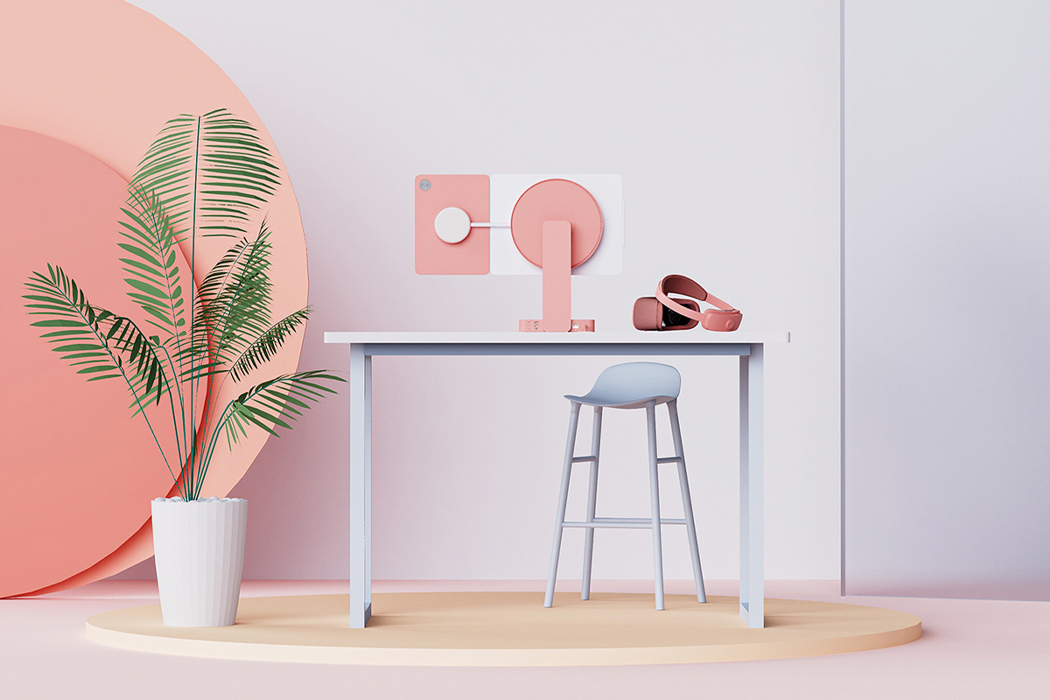
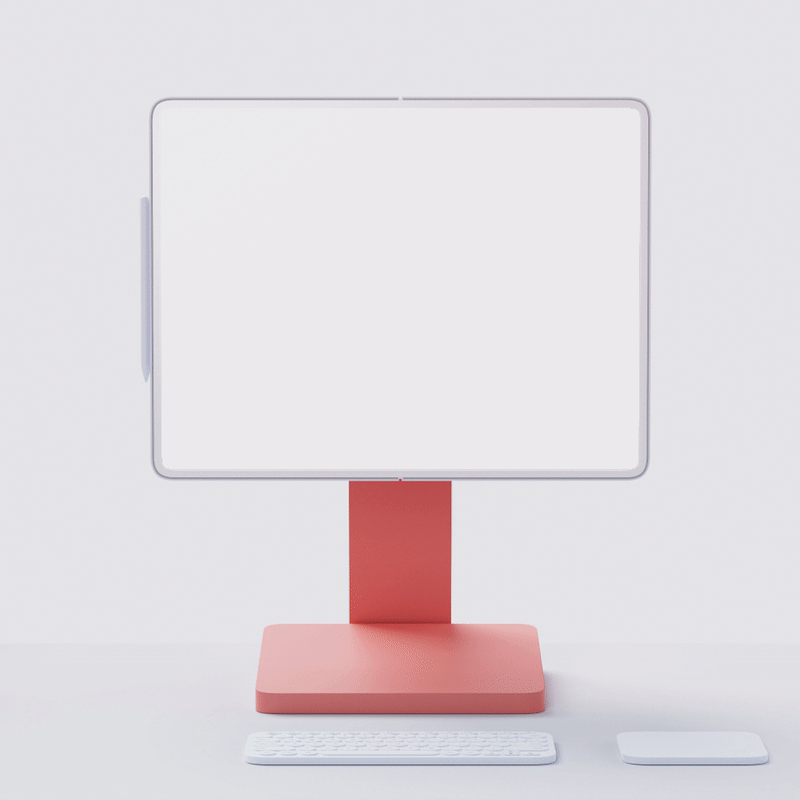
What appears as a simple computer desk setup turns out to be so much more. For starters, Couto’s workstation setup, “Future of Work” features a retractable display screen that detaches into a foldable tablet/laptop. The simple OS desktop functions as the workstation base, where files can be created and stored. Then, when Couto needs a tablet or laptop for easy portability, the same files will be made available on the go. In addition to the desktop’s detachable screen, Couto’s design features another tablet that can attach itself to the desktop for an extended display, offering quick file sharing and supplemental portability. Finally, Couto’s “Future of Work” setup comes equipped with VR compatibility, providing a headset that turns into a dashboard where all of the work station’s appliances are connected. The integration of VR allows for seamless file transferring between devices, like sharing CAD models between devices and other file formats.
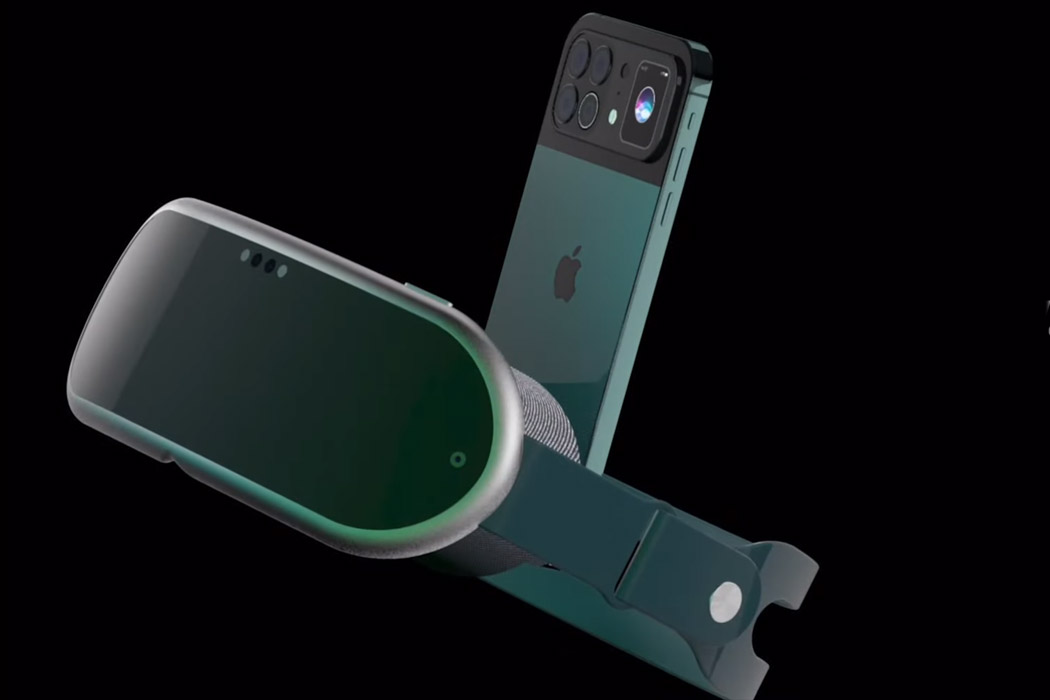
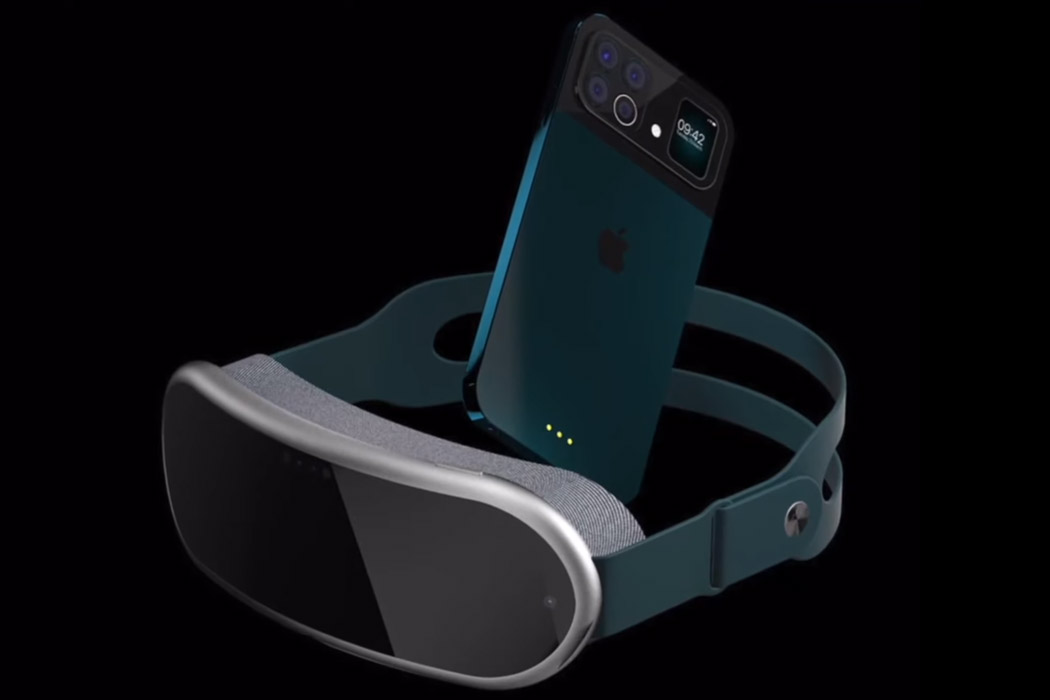
Apple’s mixed reality headset has been in the works for quite some time now, and a couple of months ago it became apparent that the lightweight VR headset will be coming in 2022, with the Apple Glasses to follow soon after. On the flip side, the iPhone 13 is destined to arrive this fall, and like all times it is already the topic of interest in the tech circles. While iPhone 13 and the Apple VR headset cannot be launched in the same given timeframe – still it doesn’t deter imaginative designers from mustering up how the two products will look together. ConceptsiPhone has created a render of the two upcoming devices by Apple and mashed them together in a video dubbed iPhone 13 VR for creative writer’s delight. The VR headset is open to any imagination possible, and the folks over at ConceptsiPhone have taken that opportunity to show the world how the mixed reality headset will be like. It looks plush (after all it’s Apple) and is in sync with the design principles Apple has put in place for the headset – comfort and lightweight aesthetics. 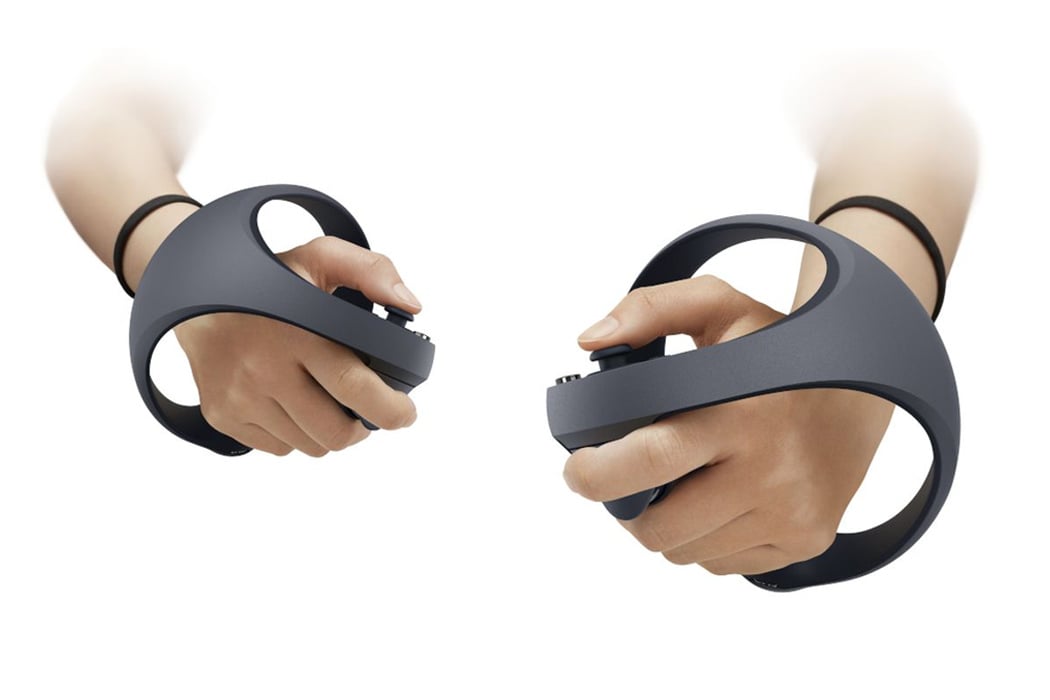
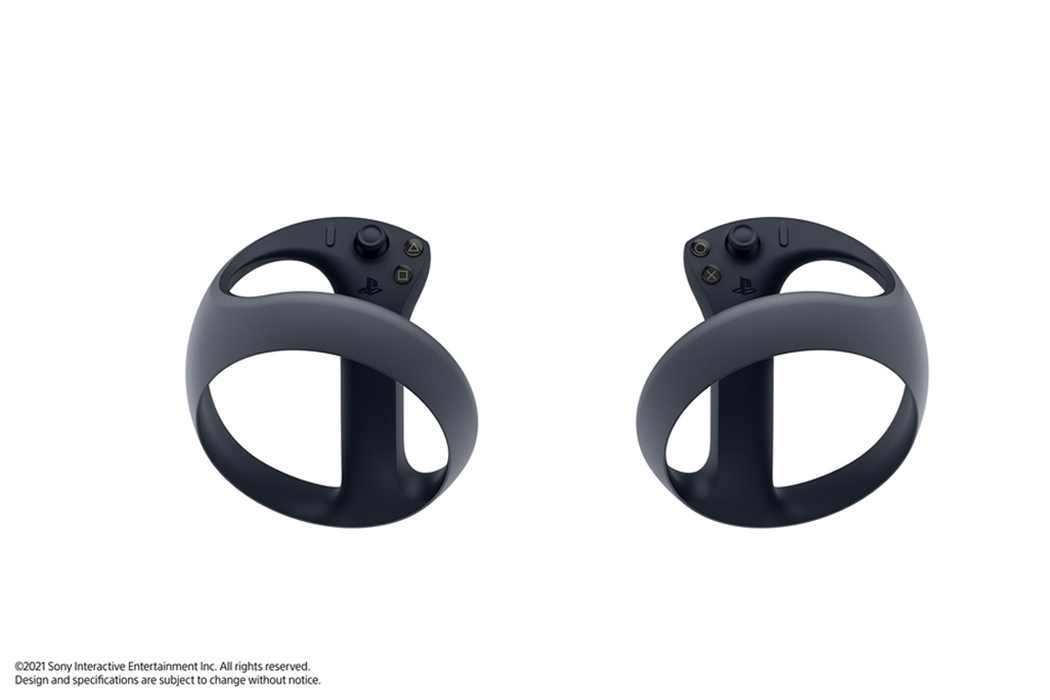
Building upon their previously released DualSense wireless controller, which changed the way games “feel” through immersive haptic feedback, the new VR controller for the PS5 also provides haptic feedback and takes on an orb-like shape that allows users to move their hands freely and naturally when gaming. The ergonomic design behind the new VR controller was also tested by a range of users with different hand sizes to ensure that they work for everyone. In addition to the controller’s added haptic feedback, the new VR controllers are outfitted with the same adaptive trigger technology found on the DualSense wireless controllers. The adaptive trigger buttons on Sony’s VR controllers add tension that gamers can really feel when plucking an arrow or pulling on a rope, adding to the multisensory experience of PS5.
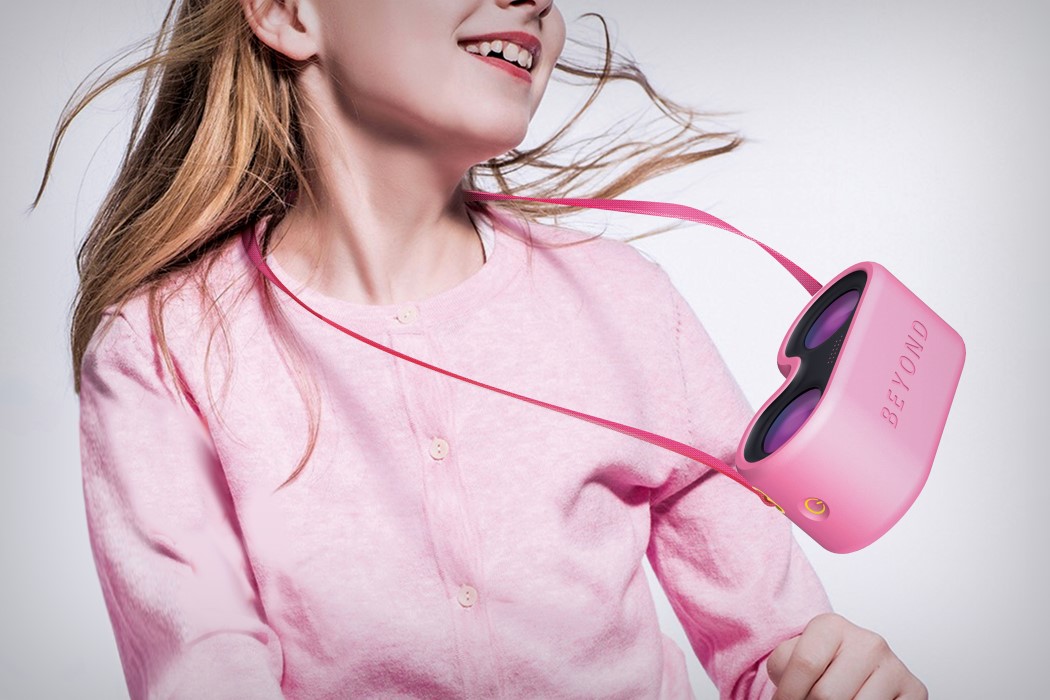
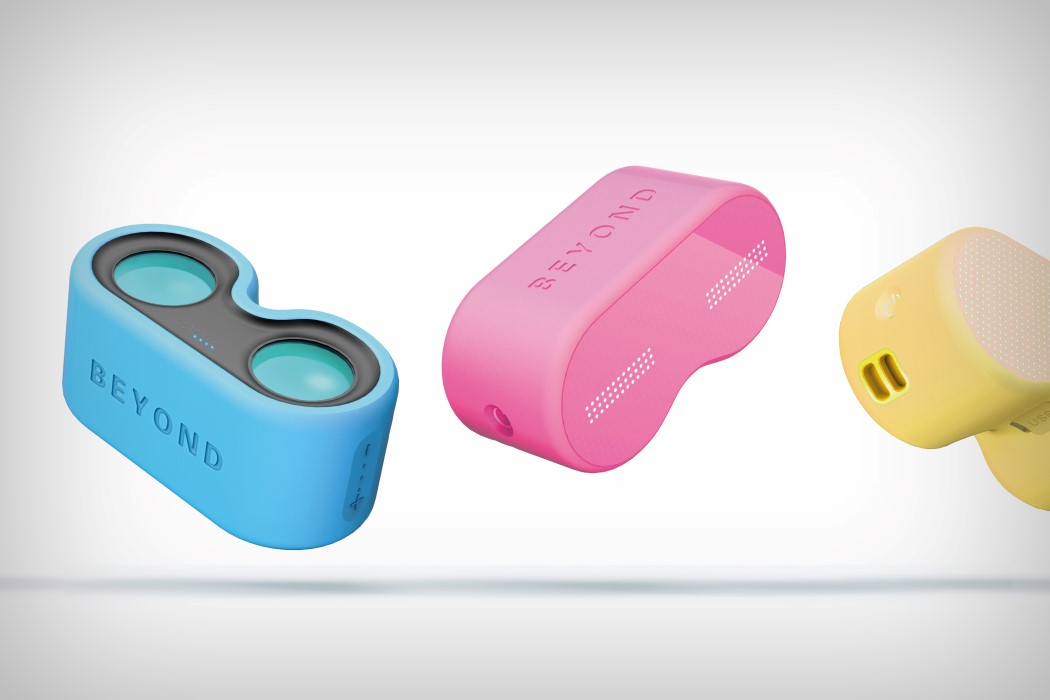
Yes, virtual reality is a rather wonderful piece of technology that lets you immerse yourself in digital surroundings, but it’s important to remember that it’s also a wonderful window into experiencing things we can’t. Whether it’s used for tourism or as an empathy machine, VR has a massive role to play in education, by allowing people to use their most powerful sense to experience something. Beyond VR aims at taking that approach by letting children use VR as not just an entertainment device, but almost like an experiential encyclopedia. Made for children from ages 4 to 12, the Beyond VR is a headset and camera kit that allows kids to interact with and socialize with children across the world, allowing them to experience life across different countries and cultures. Beyond VR is designed to be a social tool that revolutionizes social networking, taking the traditional keyboard and UI away from the experience and allowing people to truly live in each other’s shoes.
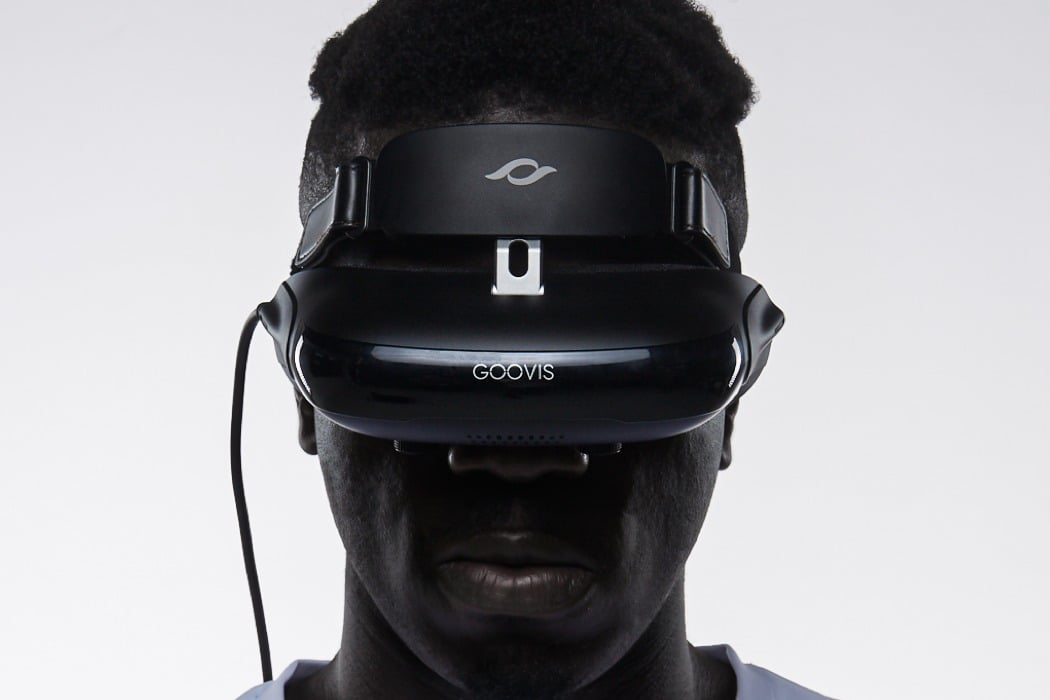
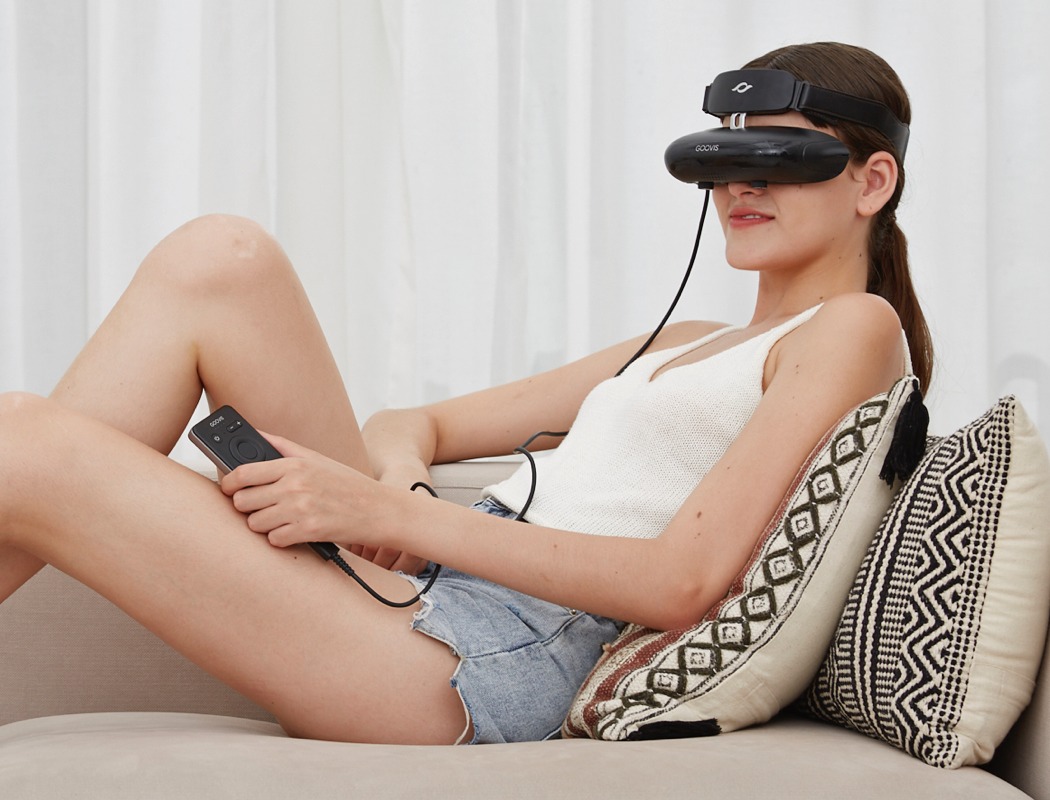
What the GOOVIS Young changes about VR is that it embraces the technology for entertainment purposes, and does it in the best way possible… not by being a face-mounted computer, but rather a face-mounted display that’s compatible with practically any of your devices. With a 1080p display on the inside that’s designed to feel like a theater with an 800-inch screen, the GOOVIS Young is a universal VR display you can connect to your phone, laptop, tablet, set-top box, or even your console, allowing it to act as a dedicated display for everything between working, gaming, watching movies, browsing the internet, or even doing the odd stuff like tapping into your drone’s camera for incredible HD POV-ing.
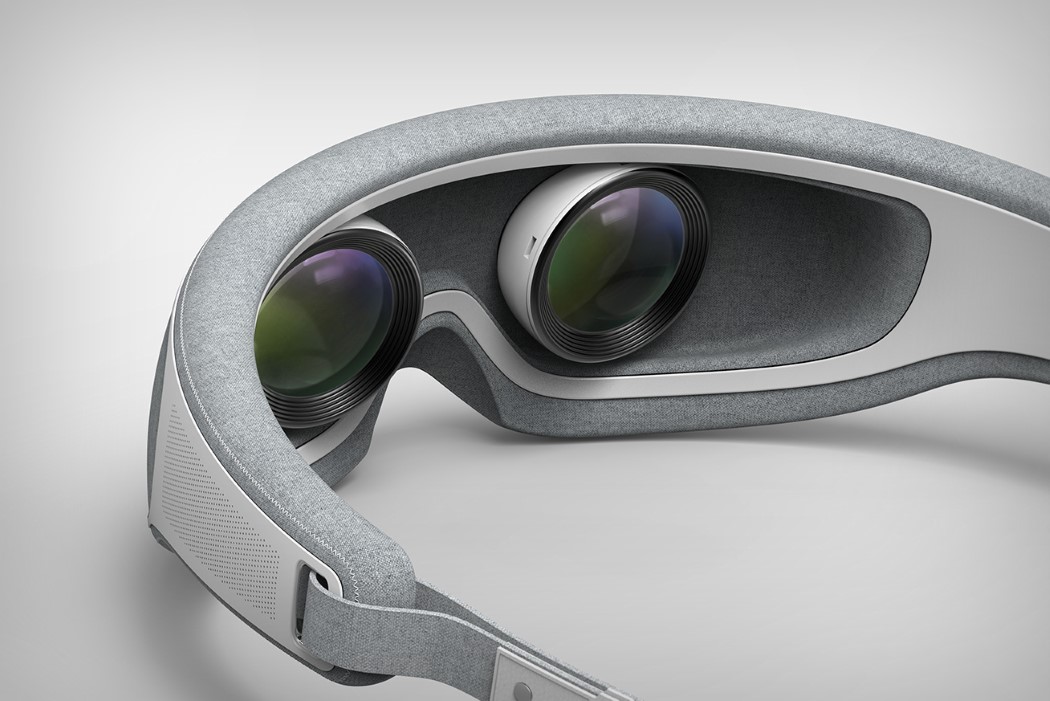

The Mild VR headset is designed to look familiar. While it is a VR device, it looks like it was designed to look good while worn, and not like you strapped a toaster to your face. The Mild comes with a fabric overlay on a plastic body. Mimicking the design of eye masks, they fit comfortably over the eyes while making it look less obvious like you’re wearing a multimedia device on your head. The Mild even comes with its own controller with a joypad and wrist-straps, allowing you to manipulate 360° content with ease.

